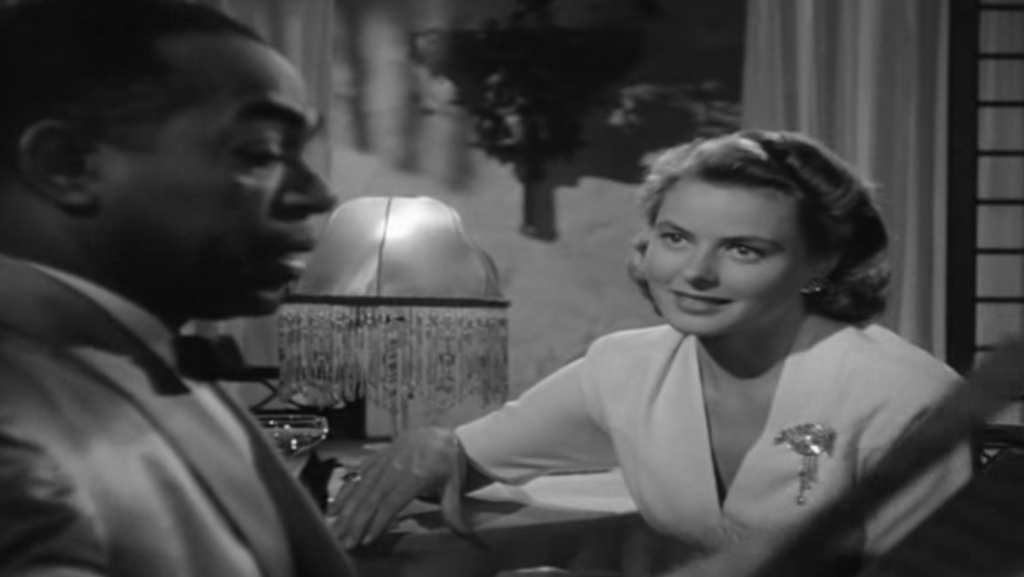









Pan’s Labyrinth (2006)
Dir. Guillermo de Toro
7/10 – I enjoyed Pan’s Labyrinth a lot, both the fantasy aspect as well as the historical/real parts. I also quite liked the fact that it was in Spanish; it gave the film a very different overall feel and I do not think it would have quite the same impact if it was in English.
My most memorable scene was when Mercedes stands up against Captain Vidal because Mercedes is one of my favourite characters and it was extremely satisfying to see someone finally push back against the character that we come to hate.

The camera uses a push in and tilt movement to create a transition through Ofelia’s eye, which comes to show the fantasy world that we are being introduced to. The camera is constantly moving, panning across the wide landscape to show off the underworld, before tilting up to the post-Civil War Spain setting. The only notable cuts used are within the seamless transitions.
Micro-elements:
The Sound Design of the effects that accompany the violence is very realistic. This is most likely enhanced in post-production by Foley artists. As parts of this film fit a horror genre this adds to the horror and emotional impact of those violent actions on the viewer. There is also a music motif in the Lullaby that is sung to Ofelia. It can be diegetic when sung by an on-screen characters (the mother or Mercedes) but it becomes the theme tune for the film taking on a number of different musical forms (orchestral) adding to the suspense in places or the emotional state of Ofelia (rather like the ‘Time Goes By’ tune is manipulated in ‘Casablanca’.)
Cinematography used to suggest the nature of the Captain’s character when we first meet him; the first ever shot of him being that of his watch to suggest his punctual and military like attitudes. It is also almost used to foreshadow the motif of the watch that is prevalent in Pan’s Labyrinth; Captain Vidal thinks that he needs to continue the tradition of breaking the watch upon death, and to give it to their son.
Scenes of the underworld are predominantly extra long shots, not only to be able to display a significant amount of it, but also to give it this feeling of it being never-ending. Furthermore, dissolves and wipes are frequently used during these scenes, such as in the beginning when the camera pushes into Ofelia’s eye to come out into the underworld, and then a couple of minutes later when the camera was following the princess into the ‘regular’ world.
The mise-en-scene of Pan’s Labyrinth features many creatures that were produced through animatronics and models, as del Toro reportedly prefers this style over CGI. The use of makeup for the Pale Man creates a horrifying creature, which the audience is already impartial to thanks to it eating two of the fairies that the Faun gives to Ofelia. Furthermore, mise-en-scene is used to suggest things that aren’t explicitly said, like the paintings in the Pale Man’s lair, as well as the large pile of shoes, which are particularly reminiscent of that of the display of victims’ shoes at Auschwitz (a reference to a fascist regime that could be reflecting the Nazis).
Editing used in Pan’s Labyrinth is typically quite conventional throughout the majority of the film, however, there are some unique styles displayed in the fantasy sections of the film. For example, there is lots of wipes like in the beginning, where black was coming from the left of the screen and then revealing something from the right. Furthermore, there are a few notable fades to whites and blacks, such as when the camera tilts up towards the ‘real world’ during the introductory narration, which fades to white to contrast the darkness of the underworld.
Representation (Gender)
How are men and women represented differently and how does this position the viewer?
Men in Pan’s Labyrinth are frequently displayed as military figures, the male characters almost exclusively being soldiers etc. These characters’ attitudes are often a reflection of their occupation, with Captain Vidal, for example, being a strong, patriarchal figure who doesn’t have time to even indulge his wife other than to discuss the baby (who he is insistent is a boy). Despite this, there is the occasional male character that is represented in a far more positive light, like the doctor, who we later find out is part of the left-wing resistance. This suggests how the men in this film reflect their political values; the Captain is seen as a beast and doesn’t have any redeeming features whatsoever, which is because he is serving the fascist Spanish government of the 1940s (and enjoys the power it gives him), whereas the doctor is a kind man who is serving the resistance by giving them medical attention. Women, on the other hand, are exclusively represented in a positive light. Even though the men in their lives make it clear that they are subservient to them, many of the women in Pan’s Labyrinth show quite the opposite. For example, Mercedes is thought to be this obedient servant to Vidal and his cronies, but she quickly shows that she is anything but, starting from when she was immediately kind to Ofelia, who hate Vidal. This is also shown in the way she directly opposes him and his tyranny, attacking him bravely with the knife that we repeatedly see tucked into her apron.
Ofelia – daughter of Carmen
Despised by the Captain for not fitting into the ‘traditional’ role of the daughter of a strong military figure (despite him not being her father), as she is more rebellious than an average young girl of the 1940s, especially during a fascist dictatorship.
Carmen – heavily pregnant ‘new’ wife of the Captain
Carmen suffers at the hands of Vidal, who dismisses her when it comes to anything other than her pregnancy, even going as far as showing disdain to her excitement of telling someone how they met. Vidal doesn’t mourn her whatsoever, despite her being his wife, as well as telling the doctor to save the child rather than her.
Captain Vidal – Soldier in Franco’s Army
Sees himself as a traditional ‘man of the house’, which is emphasised by his traditional attitudes towards family; he sees woman as inferior and doesn’t show any interest in his wife, Carmen further than her having his son. Also rejects the idea of having a daughter, was disgusted by the idea when the doctor says that they don’t yet know the gender.
Aesthetics
What is the ‘look of the film’? How has this been achieved?
Magical realism film – considers colour palette/music, realism v fantasy, lighting.
Colour palettes are used to differentiate between the fantasy world and the ‘real’ world, were yellows, oranges and golds dominate the fantasy world. This comes with little exceptions, such as when Ofelia meets the Faun for the first time. The real world, on the other hand, is characterised by cooler tones in the form of dark blues, greys and browns. Colour in Pan’s Labyrinth is therefore important in distinguishing between fantasy vs real, as well as suggest Ofelia’s own preference towards the fantasy world, which feels comforting and warm.
Costumes made by designers + del Toro enjoys creating his own unique monsters which are often inspired by mythology. Many of his monsters in Pan’s Labyrinth were sketched, despite not being a trained artist.


Del Toro describes monsters as ‘super-nature’ and something that is ‘necessary for us to understand the cosmos’. Evidently, he finds that well-designed and thought out monsters are required for fantasy storytelling.
Del Toro likes making characters come to life using minimal CGI and mainly puppets, costume and animatronics and describes himself as a ‘set-orientated director’. For example, the Faun costume is made up of many parts, including numerous animatronic parts to make the character come to life. Green screen in also incorporated into this character for the legs, which removes Jones’ real legs. Jones’ Pale Man costume included a vacuform structure being placed on his head and then covered with foam latex skin. This left minimal space for his mouth, showing his prosthetic teeth. However, as Jones could only see out of the costume through its nostrils when he was cross eyed, a second Pale Man dummy was made for scenes when the creature was either sleeping or still.
Fairies are made using CGI – moved around on a pole to animate properly in post-production. Their colours are used to represent the underworld and it’s earthly tones.
Set design
Oscar winning set designer, Eugenio Caballero, describes the fantasy world in Pan’s Labyrinth as ‘reflecting the womb of a mother’, despite it’s scary moments. It is notable that the fantasy world is completely made up of curves, with no straight lines found anywhere. The opposite can be said for the post-Spanish Civil War setting of the real world – straight lines are prominent and could connote the rigidness of the military life Ofelia now has. Furthermore, Caballero purposely built objects bigger than they would normally be, which gave the illusion of Ofelia being dwarfed by her surroundings.
History and Social Contexts
Set in the aftermath of the Spanish Civil War (1936-39). The fascists had won the war, with General Franco becoming the self-proclaimed leader of the country. Film is very historical accurate – including costume and attitudes.
The ending of the film suggests the rebels winning against the fascists (Vidal representing Franco)
Institutional context:
Regarded as a Spanish film – cast almost entirely Spanish (except for Doug Jones)
Del Toro and his friends contributed and invested in his film – cut out the studios to prevent them from telling him what to do. However, a studio does publicise and distribute his film.
Took $83 million at the box office. However, Pan’s Labyrinth wasn’t only a box office success, but also artistically successful. Won 3 Oscars in best art direction, best cinematography and best makeup.
Film 1: Pasternak
| What did you like about the film? I liked the narrative/plot twist of finding out that everyone on the plane knew ‘Pasternak’ | What didn’t you like? I felt that it could be longer as the whole story felt a little rushed |
| What ideas could you use? Narrative or style? I would use the narrative style of a big plot twist at the end | What ideas won’t you use? Why? I don’t like the style of it being done on a plane as I feel that this would be very difficult to do |
In-Depth Study – Film elements
| Film element | Example |
| Cinematography | I liked the high angle on the main characters in the overhead locker. It is an interesting view and gives more of an insight into the characters’ expressions when they interact. It also allows the spectator to see another person on the plane, which they will then find out will be significant to the story I liked the low, long shot on the couple at the end as you watch them read and chill out in the garden. It is really effective for when the plane comes in the distance and gets closer and closer |
| Editing | The editing towards the end of the short film is really frantic, especially when it is showing the people on the plane. Also, this emphasises the contrast between the calmness of the garden and the out of control I really like the editing at the end with the freeze frame because I feels almost comical to contrast how intense the scenes on the plane was. |
| Sound | I like the way the sound of the plane coming closer is very subtle and gets louder and louder as the only sound playing. It feels very ominous and atmospheric There is a string underscore when more and more people find out that they know Pasternak which feels very unsettling and uncomfortable and gives a feeling that there is something wrong before you even find out what it is |
Inspirations – what ideas did this film give you for your own short film?
| Cinematography: I really like the use of symmetry in some of the shots such as when they used a long shot down the aisle of the plane while the man and the woman were talking. I would like to use similar, symmetrical cinematography in my own film | Editing: I really like the idea of using a freeze frame, like in Pasternak because it gives a comical undertone to the short film, as well as it being an open ending. Freeze frames could also be used for jumpscares, which I am considering using |
| Sound: After watching Pasternak, I know that I wouldn’t really want to have it as quiet, though I do like the tenseness of the underscore and the chaos | Other: I really liked the use of a plot twist, which I will likely use in my own short film |
Film 2: The Rats/Las Ratas
| What did you like about the film? I really liked the general aesthetic of the film—how dark and dingy it feels. I also like the way it used only one set the whole time as it feels more low budget and accessible | What didn’t you like? I didn’t really like the exposition and how everything is immediately revealed when the gangster comes into the diner—I would prefer for it to be revealed over time |
| What ideas could you use? Narrative or style? I like the murder-mystery tone that it has, which I will likely use in my narrative. I also really like the style and how dark it feels which I would like to replicate. The use of symmetry in the composition of shots and cinematography is also something I will consider using | What ideas won’t you use? Why? I would not use the blatant violence and murder that happens in The Rats |
In-Depth study – Mise-en-scène
| Feature | Example – how does it convey meaning or create an effect |
| Set Design | The diner feels very authentic and fitting for the tone—almost run down and dingy which is further suggested by the fact that there is rat poison and other toxic substances lying around in the kitchen. It feels similar to where a murder would really happen |
| Costume | Similar to the set design, costume feels very authentic and fitting. Costume could also suggest characteristics about the characters – the older woman who wanted to poison the gangster seeming dishevelled which fits with her deranged nature, and the gangster also looks far more put together than the other characters which emphasises the struggle that the protagonist is going through. |
| Space | Everything is tightly framed with little empty space that is always filled with little bits like empty glasses etc., which makes the set feel cozy and |
| Lighting | There is a stark difference in lighting between the kitchen, which has very cold lighting, and the main diner, which has very warm lighting. This could suggest that the chef is cold and calculating, while the diner/gangster is unaware of what is happening |
| Composition | Everything is rather symmetrical—there are multiple shots where the protagonist is being framed by windows or keeping her in the middle of the frame. This is very aesthetically pleasing |
| Hair and makeup | Similar to the costume design, hair and makeup also is used to suggest character information – both the older woman and the protagonist are depicted through this as tired and dishevelled, suggested by the slightly messed up hair and the way a combination of lighting and makeup makes them look pale and almost sickly |
Inspirations – what ideas did this film give you for your own short film?
| Cinematography/Sound/Editing: I really liked the visual style of Las Ratas as it felt homemade and quite low budget. The use of lighting helps with this, as well as the disturbing and contrasting string underscore which I really liked. There are a lot of aspects of this short film that I will likely take inspiration from. | Narrative structure: I will be doing a linear narrative like Las Ratas |
| Establishing characters, setting, plot, theme: I didn’t really like the amount of exposition given in the beginning when the gangster first arrives – I’d rather keep it a mystery. | Creating enigmas: I like the use of enigmas in Las Ratas and I would like to make some of my own to create a sense of mystery in my short film |
Film 3: Bombita
| What did you like about the film? I liked the use of a plot twist where it turns out that the protagonist ends up blowing up his car and the car-towing building (revenge). I also liked the addition of his birthday at the end that his wife and daughter show up to as it is also a plot twist | What didn’t you like? The narrative towards the end was slightly confusing as I didn’t understand what the protagonist was doing when getting his car towed again |
| What ideas could you use? Narrative or style? I’m probably going to use the use of a plot twist and I liked how the protagonist isn’t portrayed as a villain for what he did and rather praised for standing up against the towing company | What ideas won’t you use? Why? I probably won’t use the more modern style/aesthetic as I prefer having an older/film noir sort of feel to it like is La Jetée |
In-Depth study: All elements
| Feature | Example |
| Narrative structure | Mostly linear narrative structure – everything happens in order/chronologically However, there are a few scenes that interrupt the narrative that include the protagonist planting, what we later learn is a bomb, in the car |
| Establishing characters, setting, plot, theme | The setting of Bombita changes frequently, unlike Las Ratas which is set in one place. It is used to establish setting and plot – the plot is established through showing the towing company’s office, which also helps to display the protagonist’s characteristics. |
| Mise-en-scene | Lighting: initially quite light as quite a significant amount is filmed outside and in light areas, though it gets noticeably darker as the story progresses – reflects the story Costume/hair + makeup: used to suggest character information such as the protagonist, who is first established in a more normal way, though he gets far more dishevelled towards the end as is sanity declines. |
| Cinematography | There was some very interesting use of cinematography such as when the protagonist is seen in the dark room from a low angle. It is suggested that the spectator is seeing him from the boot of his car as he plants the bomb. Also interesting cinematography when the protagonist is typing in a password on a keypad that is displayed on the screen in a holograph type shot |
| Sound | Wild Tales soundtrack written by Gustavo Santaolalla, a famous Argentinian composer who enjoys using strings, especially ronroco and guitar, which is evident in Bombita’s underscore which features these instruments. This gives a slightly unsettling feeling to the short film and emphasises the uncomfortable atmosphere, especially after he finds out his car has been towed for a second time |
Inspirations – what ideas did this film give you for your own short film?
| Cinematography/Sound/Editing: I really liked the use of the unsettling sound, and I will likely use something similar to this in my own short film. I also really like the use of more art-y shots such as the one from the point of view of the boot of the protagonist’s car | Narrative structure: I really like the idea of putting small short scenes of the future in the rest of the story (not completely linear) |
| Establishing characters, setting, plot, theme: While I like the idea of using multiple settings to help establish plot etc., I will likely only use one setting similar to Las Ratas, as it will be easier | Creating enigmas: I want to create enigmas in a similar way to Bombita by using a not completely linear narrative and adding some scenes from the future in the middle of the story |
Film 4: Til Death do us Part/Hasta que la muerte nos separe
| What did you like about the film? I enjoyed a lot of the cinematography, such as when the camera was on the handle of the kitchen door that swings open as the woman storms through it. It feels very disorientating which could signify how she is feeling at the time | What didn’t you like? I didn’t really like the narrative/ending as I feel that it didn’t make a lot of sense |
| What ideas could you use? Narrative or style? I liked the lighting in the film, and I think that it would be cool to imitate disco lights in my own similar to this | What ideas won’t you use? Why? I probably won’t use the idea of it being set in a party as I think it would be really difficult to gather that many extras and imitate that setting |
In-Depth study: All elements
| Feature | Example |
| Narrative structure | Completely linear as everything happens in chronological order |
| Establishing characters, setting, plot, theme | Characters and relationships are suggested through the way the protagonist treats the others – nice to parents, friends etc., but for example, the performance from the protagonist shows how she feels negatively about the woman she later finds out her husband has been cheating with. Mise en scene establishes setting – very obviously a wedding, seen by the white decorations, cake etc. |
| Mise-en-scene | Lighting: very dark during the party scenes and mainly uses the strobe lights that are typically found in settings like that, but becomes far lighter at other moments like in between the partying and when the protagonist is running out of the venue Costume/hair + makeup – originally everyone looks very neat and put together (nicely done hair and clean clothes), though that quickly changes after the protagonist finds out that her husband had been cheating. Her clothing and makeup is almost a way to display her declining mental state throughout the short film. |
| Cinematography | There are some very interesting shots, such as when the protagonist in running from the main venue and the camera is almost mounted to the handle of one of the doors she pushes which feels very disorientating and almost out of place. Another technique that is used a few times in the film is when the couple is dancing, and when she spins the woman who her husband had been cheating with around – the camera spins with their movements to increase the intensity of the moment significantly. |
| Editing | Gets very frantic at intense moments, such as when the protagonist finds out that her new husband has been cheating on her – editing frantic when they are dancing to increase the intensity of the moment. Similar happens when she is spinning the woman who her husband had been cheating on her with around before throwing her into a mirror. |
| Sound | Uses music outside of the score created for Wild Tales, Titanium, in the party scenes which brings the energy of the party up significantly, also aligns with the lighting and how dark/bright it is in the hall. |
Inspirations – what ideas did this film give you for your own short film?
| Cinematography/Sound/Editing: I like the use of the spinning shots, though I am unlikely to do something like this. I really like the score that is used and would like to use the unsettling string style that Santaolalla uses throughout all of Wild Tales | Narrative structure: I’d like to use a linear narrative structure as displayed in Til Death do us Part, though I think dipping into the narrative style of Bombita would also be really effective |
| Establishing characters, setting, plot, theme: I like how the relationships between characters and their personalities were established through listening to how the protagonist talks to them and feel this would be an interesting technique to use. | Creating enigmas: I’d like to create mysteries in my own short film as they do in Til Death do us Part. |
Part 1: Brief Reference
| What did you like about the film? I liked the style of using still images and then using a dissolve to make it seem almost as if they were moving because it was very unique | What didn’t you like? The story was a bit confusing, especially when the protagonist was sent into the future |
| What ideas could you use? Narrative or style? Despite being confusing, I like the idea of using a time travel/post nuclear war story. I would also make my own version in black and white like this as it gives it a more vintage feel which is almost film noir reminiscent | What ideas won’t you use? Why? I probably wouldn’t use the still images because while it is a cool style, I don’t think I’d enjoy making a film like this |
Part 2: In-Depth Study – Narrative
| Narrative Feature | Example | Your own example |
| Establishing protagonist – what information do we find out? How is it conveyed? | Introduced only in narration – first in third person as “a man marked by an image”; then in first person -memory of incident at the airport. We don’t see him until the first experiment is shown. This shows how core the act of remembering is to his identity – indeed we find out very little about him (he remains nameless) apart from his ‘remembering’ (even when he is travelling in time). | A little boy standing on the railing of the Jetée and is suggested to be the protagonist—we never see his face. A POV shot is used to align with him; you can see the women walking to the plane from his point of view, and a few moments later, the point of view of the man dying even before the ending, where we find out that the protagonist is actually the one who died. |
| Establishing other characters – what information do we find out? How is it conveyed? | The Woman is the first person we see (“the only image to survive the war”) – and she is defined only by the fact the narrator remembers her. Feminist critics may comment on the fact she barely seems to exist outside the experiences of the narrator and her growing belief in him. | The scientists are shot using a low angle to show how they are important, just as the narration says ‘the victors stood guard over an empire of rats’, to suggest the way they rule over the people who live in the underground and turn them into their experiments. Furthermore, the use of the low angles on the scientists can be used to further suggest how menacing and evil they are—not only because of how they are using people for their experiments, but also for when they plot to murder the protagonist at the end. |
| Establishing location (time and place) – what information do we find out? How is it conveyed? | We are told immediately that the location is Paris. The bombed out wreckage of the city (real WW2 images) don’t immediately establish that this is the future until the narrator mentions radiation. The underground location beneath the Palais de Chaillot is shown by intercut images of broken cherubs and other sculptures. | Time is established through narration, as well as the images—the narration suggesting when the protagonist is being sent into the past. The future is established by the use of costume design—the people from the future are shown with a mark on their forehead and the futuristic design of where they are As well as this, sound is important in establishing when time travel is happening—there is a thumping noise that is reminiscent of a heartbeat that quickens when he gets closer to a different timeline |
| Creating Enigmas – what are they? How are they created? | The image the narrator obsesses over is the central enigma: who is the man he witnesses dying? How does he die? Who is the woman? The still images and voiceover powerfully evoke the nature of memory. | What other questions are posed throughout the narrative? Is this going to happen again? |
| Narrative binary oppositions | The ‘Living Present’ vs Past/Future. As the film progresses, what constitutes the ‘present’ (for the protagonist) seems to shift from his dystopian subterranean society to the ‘past’ of pre-apocalypse Paris. This is conveyed by the faster rhythm of the montage and the sequence (18:00-18:49) where the images almost become like traditional cinema. | La Jetée uses the binary oppositions of beginning vs end by establishing the protagonists’ opinions on when he saw the man die at the beginning – how he was traumatised. This is opposed by the realisation that he was that man at the end of the short film – how his older and younger self coexist. |
| Crisis – how was this conveyed? | Is it the first experiment? The moment the man spots the woman from the airport? Or is it when the future society offers him the chance to escape to the future? | I think that it is the man dying in the beginning as it poses many questions to the audience—who was the man and how and why did he die? The film is built around it; the man wanting to travel back to when that exact moment happens to meet the woman again in the past |
| Resolution – is it closed or open narrative? | The narrative is closed – but it is also in a loop: the narrator is both the dying man and the child watching the scene. This ‘time paradox’ has inspired films as diverse as The Terminator and Looper (as well as 12 Monkeys which is almost a remake). | What do you think about the end? Is it closed – or endlessly circular? The film’s ending isn’t exactly closed thanks to the circular timeline – we know that war is going to break out again and that what we just saw is going to happen all over |
Part 3: Meaning and Effect
| What did you think was the intention of the filmmaker(s)? Intellectual message? Emotional response? Everyone is trapped in their time – they cannot escape it, even through memory. It is also about concept of photography and cinema itself, trying to ‘freeze’ time with images despite time always being in motion. | How was this achieved? The use of photomontage separates each frame of the story into a frozen image – even though these are joined together using traditional narrative film techniques such as voiceover, dissolves, fades and music. As the man begins to ‘live’ more and more in the ‘past’ with his lover, the space between these frames speeds up to resemble ‘motion picture’ speed at one point. The stuffed animals in the museum are also ‘frozen’ in a single moment. Your own idea: There is a moment of movement, where the frames merge together to create the illusion of the woman blinking her eyes – suggests that they are breaking away from the time loop to maybe give the audience a glimmer of hope and tranquillity, though that immediately breaks at the cut to one of the scientists |
| Aesthetic binary oppositions The use of still photo images are combined with traditional narrative cinematic techniques that bring them ‘to life’… until the moment around 18:00 when they flow together. | Effect of these oppositions? Shows the intensity of emotion the narrator feels with his lover: like he is finally ‘living’ in moving time rather than a series of frozen, separated moments. Your example: The sounds in the background – something reminiscent of birds chirping – gives the audience a sense of reality which gets broken for dramatic effect |
Inspirations – what ideas did this film give you for your own short film?
| Establishing characters, setting, plot, theme I really liked the use of narration, especially in French, to establish key points of my film | Creating enigmas While I do want to include a narration to give exposition, I also want to include mysteries that will be solved in the form of plot twists, as it is in La Jetée. You hear about this mysterious figure who the protagonist saw die when he was younger, who ends up being himself from the future |
| Narrative structure (non-/linear? Open/ closed ending?) I’d rather do a linear plot rather than the non-linear story in La Jetée, but maybe include an open ending | Striking use of technical features I don’t want to do the still images concept and would rather make it like a regular film, but I do really like the look of black and white/film noir which I will probably do for my own film |
Warren Beatty – plays Clyde Barrow

Beatty began his acting career in television, as well as having experience with Broadway. His typical roles included many drama, mystery and crime roles in films such as Shampoo and Reds. This history of crime-related roles made him an ideal actor for a character like Clyde Barrow.
Faye Dunaway – plays Bonnie Parker

Dunaway made her acting debut initially on Broadway, before appearing on screen for the first time in 1967 in The Happening. She went on to play Bonnie Parker in Bonnie and Clyde. Her most notable films include The Thomas Crown Affair and The Arrangement.
Michael J. Pollard – plays C.W. Moss
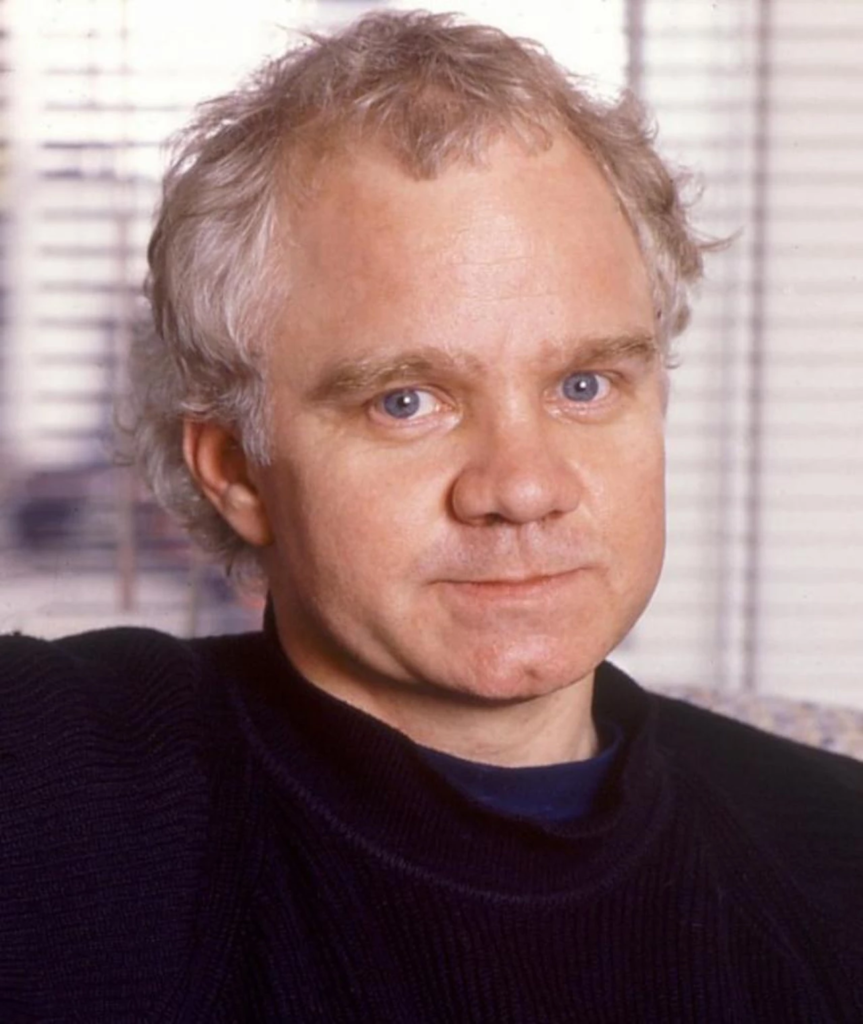
Pollard’s acting career began as early as 1959 on television. In 1966, he starred in I Spy playing Bernie, alongside being a series regular. Pollard later played C.W. Moss in Bonnie and Clyde, in 1967 and was nominated for many awards.
Gene Hackman – plays Buck Barrow

Hackman began his acting career playing various television roles, before making his Broadway debut in 1963. He continued on Broadway for a few years, before initially being cast in The Graduate, where director Nichols fired him for being ‘too young’. Later that year, he appeared in Bonnie and Clyde as Buck Barrow.
Estelle Parsons – plays Blanche

Estelle Parsons initially studied law, before becoming a singer and then pursuing a career as a Broadway actor. She later progressed to film, where she then landed the role of Blanche in Bonnie and Clyde. She proceeded to work extensively in film in the 1970s, and even directed several Broadway shows.
Denver Pyle – plays Frank Hamer
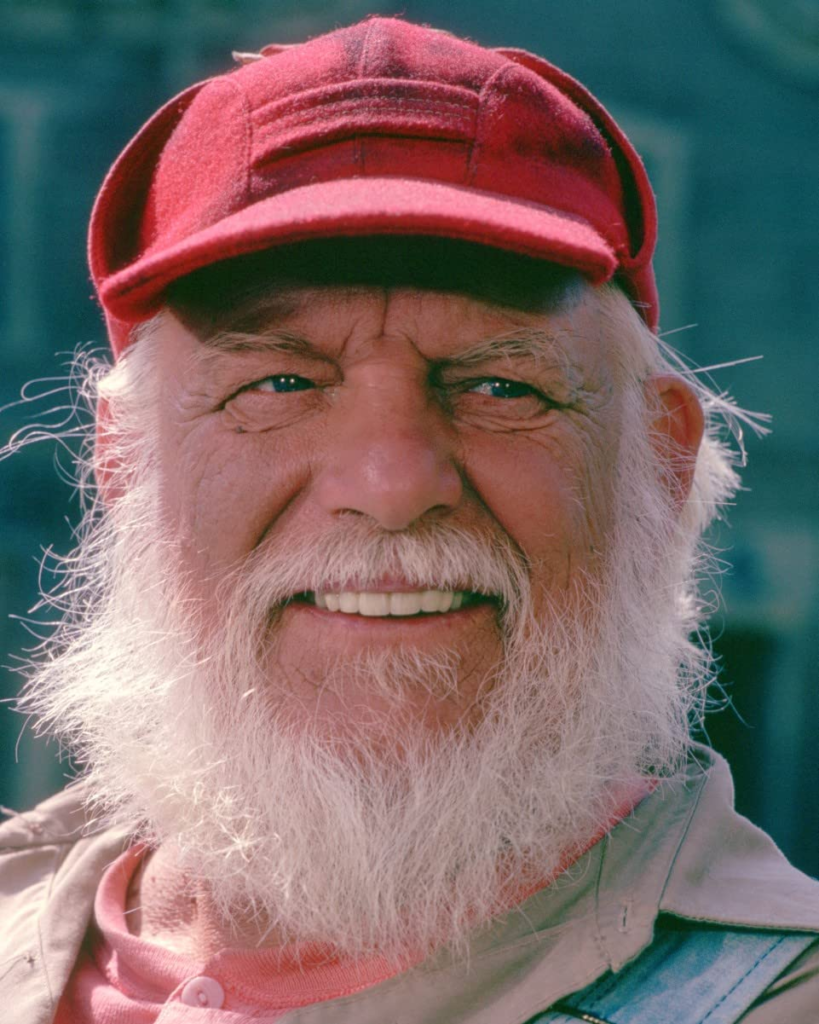
Pyle was best known for his various roles in television throughout the 1960s-80s, typically playing authority figures or gruff and demanding fathers. This is evident by his role as Frank Hamer in Bonnie and Clyde, where he plays a lawman. His most famous roles include his portrayal of Briscoe Darling in The Andy Griffith Show and Jesse Duke in The Dukes of Hazzard.
Dub Taylor – plays Ivan Moss

Taylor worked extensively in film and television throughout his career, making his debut in 1938 in the film Taming of the West. He appeared in Bonnie and Clyde in 1967 as Michael J. Pollard’s father, Ivan Moss. Taylor had other notable performances in films such as The Wild Bunch and The Getaway.
Gene Wilder – plays Eugene Gizzard
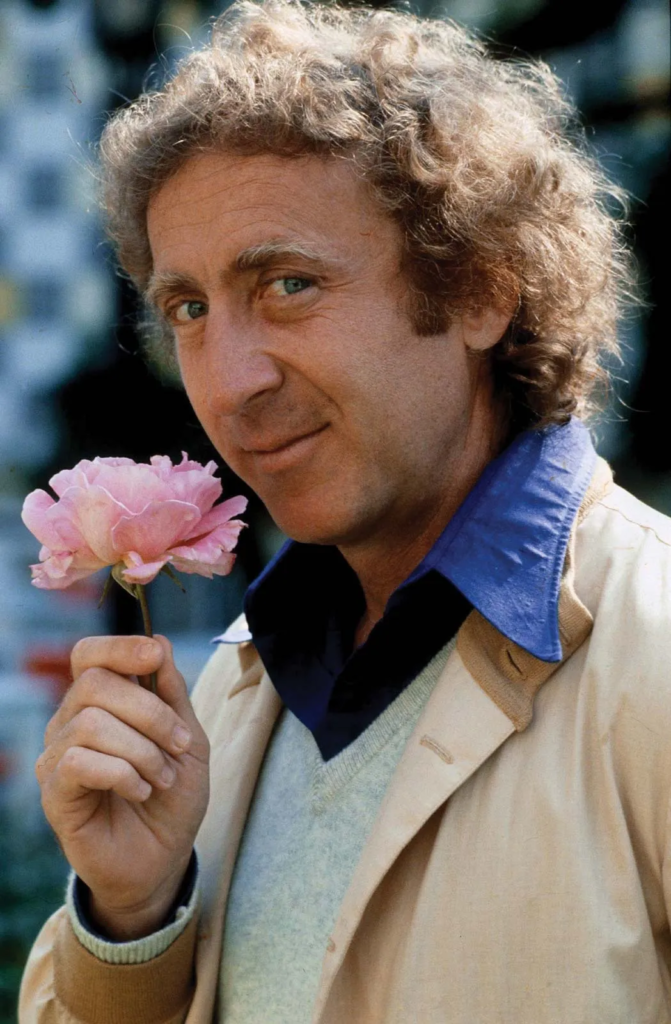
Wilder’s first film role had been the portrayal of Eugene in Bonnie and Clyde in 1967, before he went on to have an extremely successful acting career. In addition to acting, he also wrote and directed several films and played many comedic roles, his most notable being Willy Wonka in Willy Wonka and the Chocolate Factory.
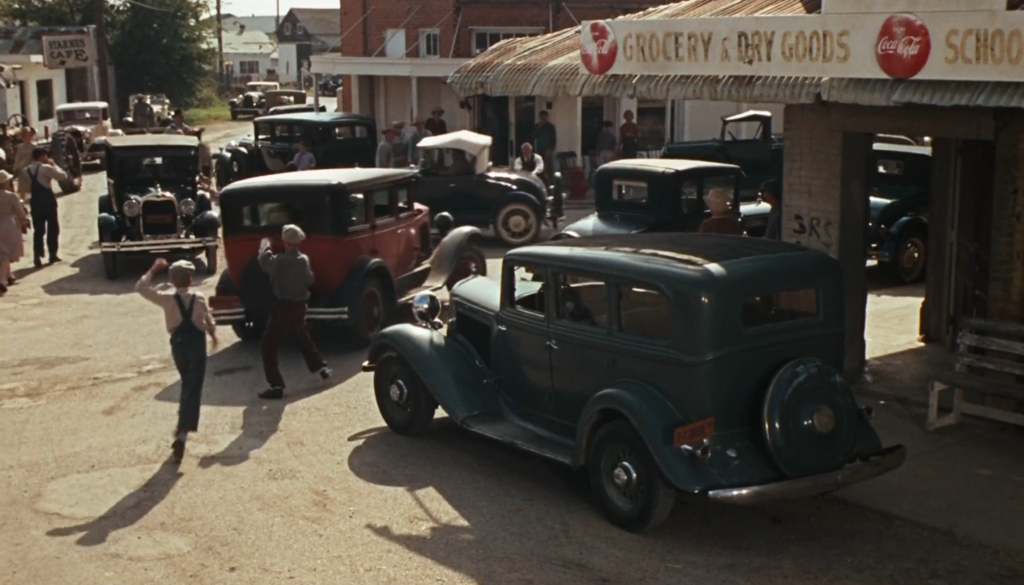
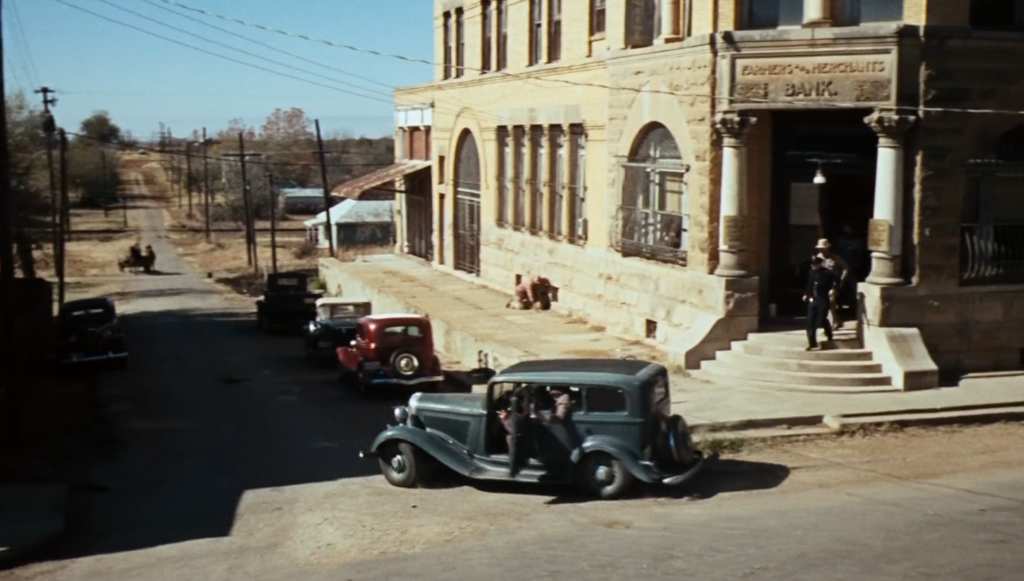
Foley sound (diegetic):
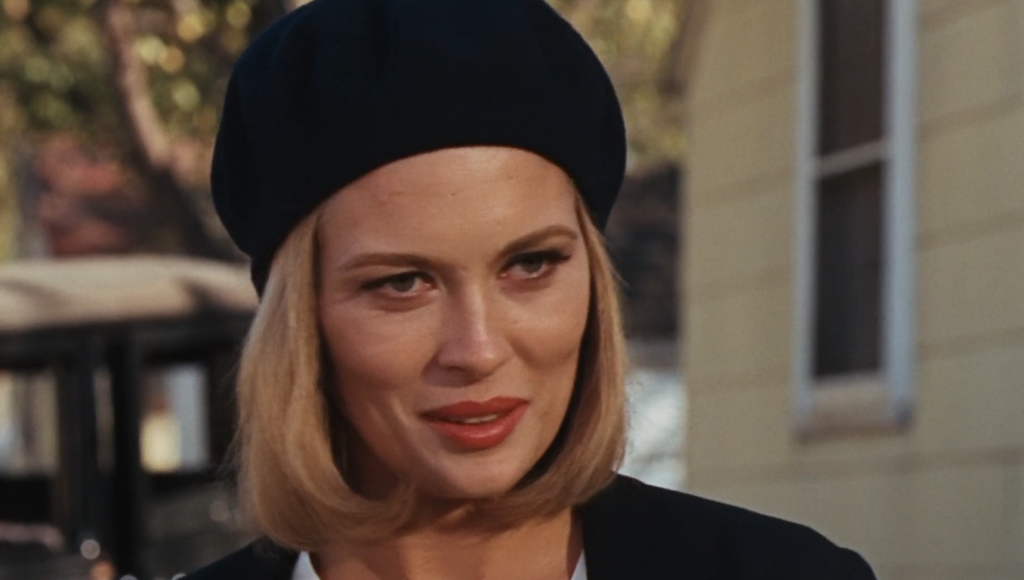
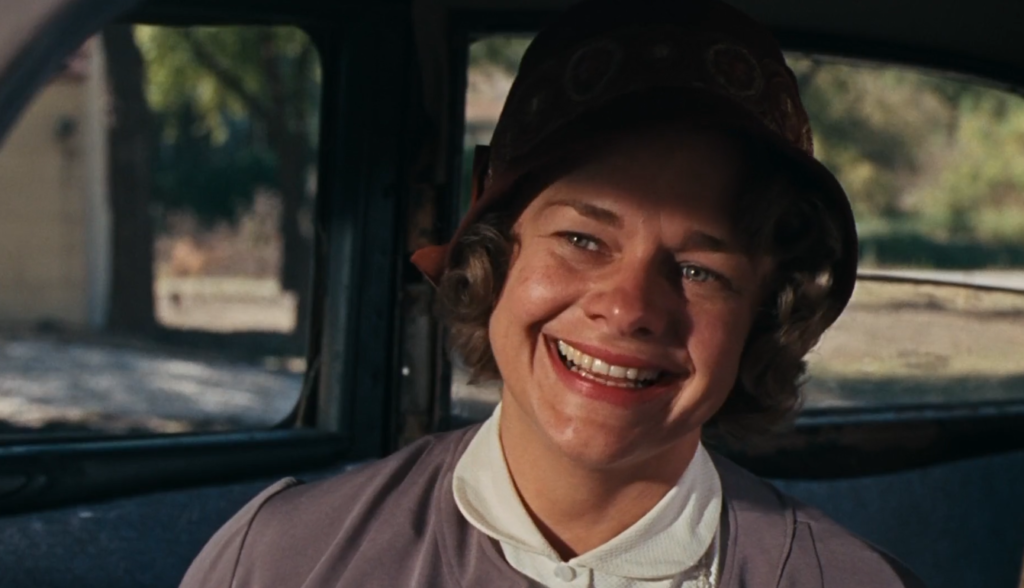
Women: with few female characters in Bonnie and Clyde, both are represented in significantly different ways. Bonnie is portrayed in a far more sexualised way; the beginning of the film letting the audience guess that she is naked and showing close ups on her lips etc. This is a common theme throughout the rest of the film as her relationship with Clyde develops the film breaks away from the conservativity of Classical Hollywood to explore Bonnie’s sexuality. However, it can also be argued that she is also portrayed as the crazy criminal she is—willingly following a random man around the south of the U.S. to rob banks and even end up killing people, which breaks away from the stereotype of a typical female character.
Blanche, on the other hand, is portrayed in a far more conservative way. Though both characters are represented as feminine, they feel extremely different. Though the character of Blanche evolves throughout the film, she is initially set up to be a nervous sort of character, not liking Bonnie or Clyde and hating their lust for crime. However, this character evolves to be represented in the same way as the rest of the characters: criminals.
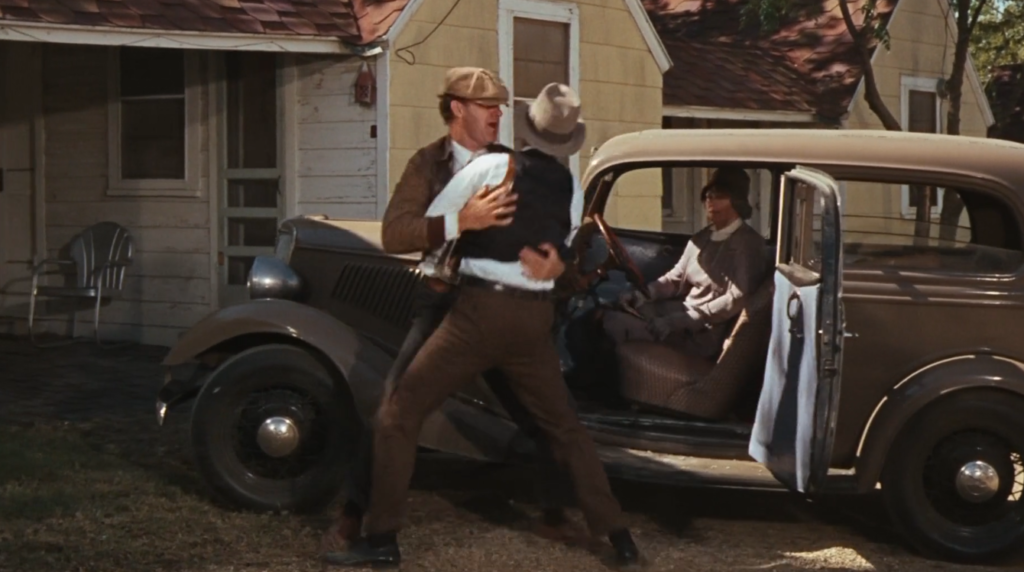
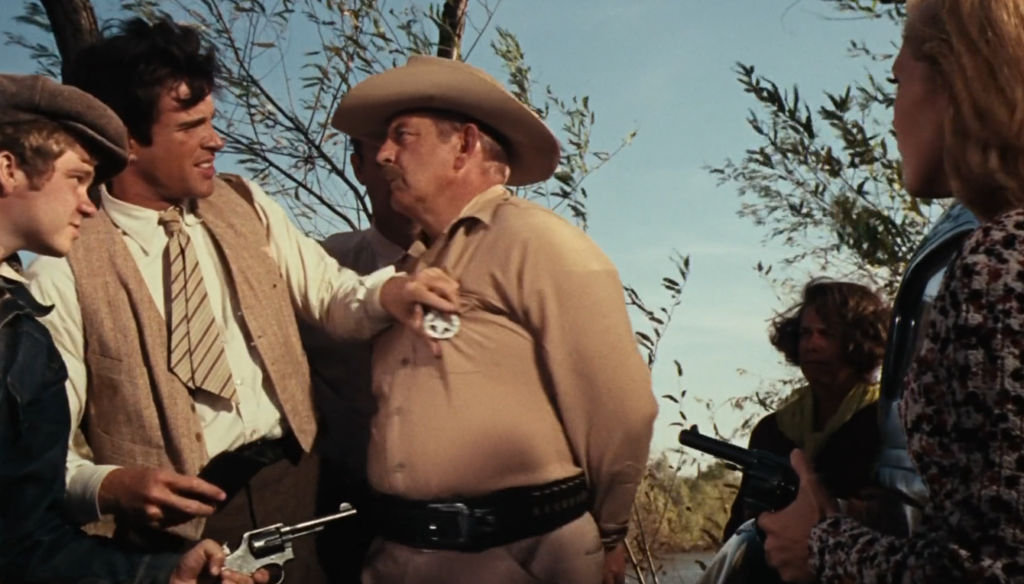
Men: there seems to be a slight running theme in terms of how men are represented in Bonnie and Clyde; the majority being portrayed as these strong male characters. For example, Buck and Clyde are similar in the way that they are the ‘head’ of the group and are the main decision makers in terms of where they go and what their plan is. However, C.W. Moss is portrayed very differently; almost as if he’s this meek character who doesn’t get involved in the violence. It’s also revealed towards the end of the film that he gets bossed around by his father, who doesn’t accept that he is running around with criminals.
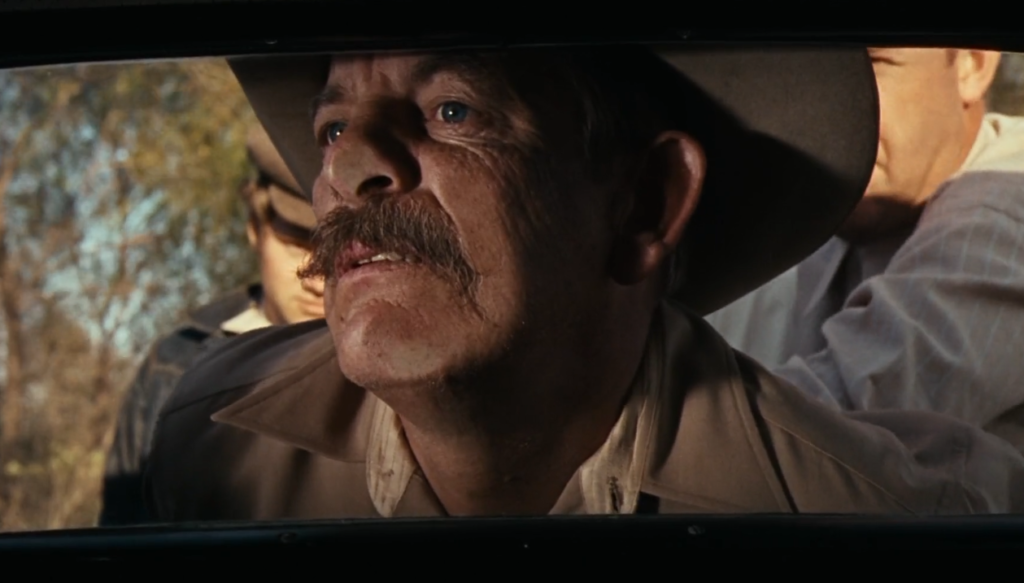
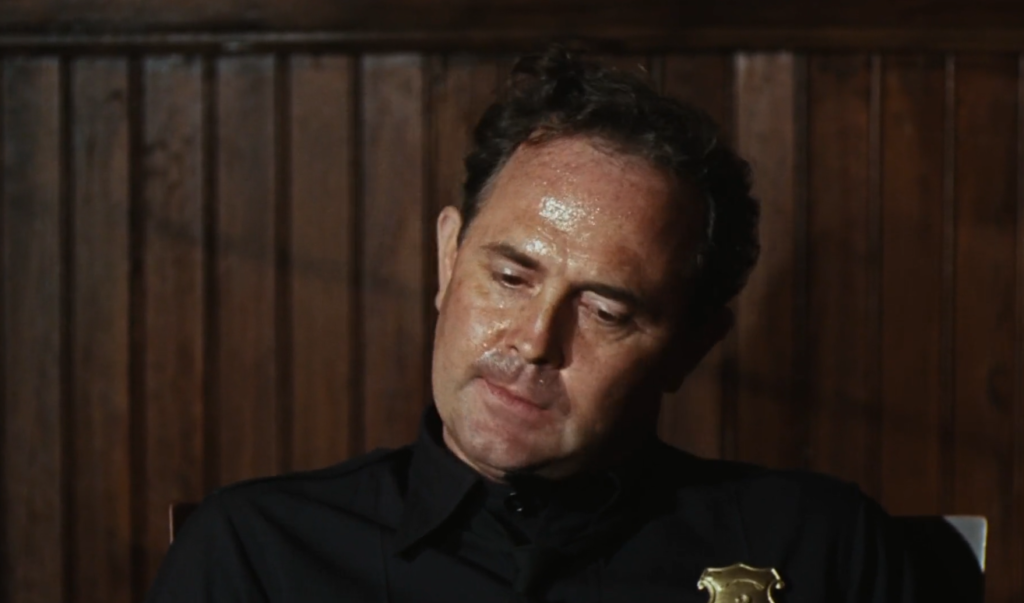
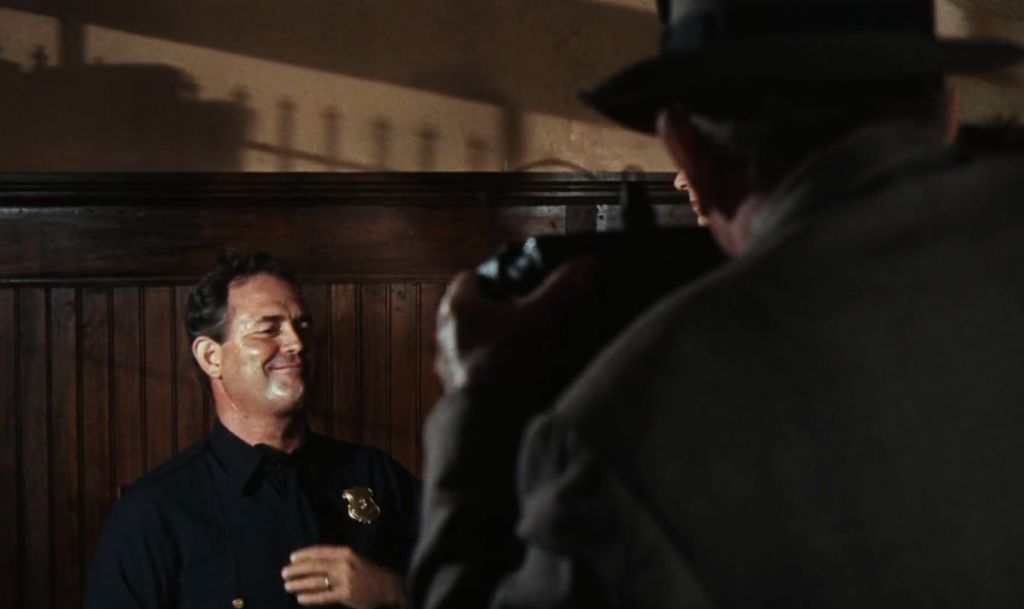
Authority figures: there is a lot of resentment towards authority figures in Bonnie and Clyde, with many of theme being portrayed as almost sleazy. For example, the police officer that attempted to capture Bonnie and Clyde, who did an interview seemingly only for the press and attention. A further character who is represented negatively as an authority figure is the sheriff that gets humiliated by the gang, and later comes up with a plan to catch him. He is also presented as extremely manipulative; that he’d do anything to capture Bonnie and Clyde, especially when Blanche is shown in the hospital after she got captured.
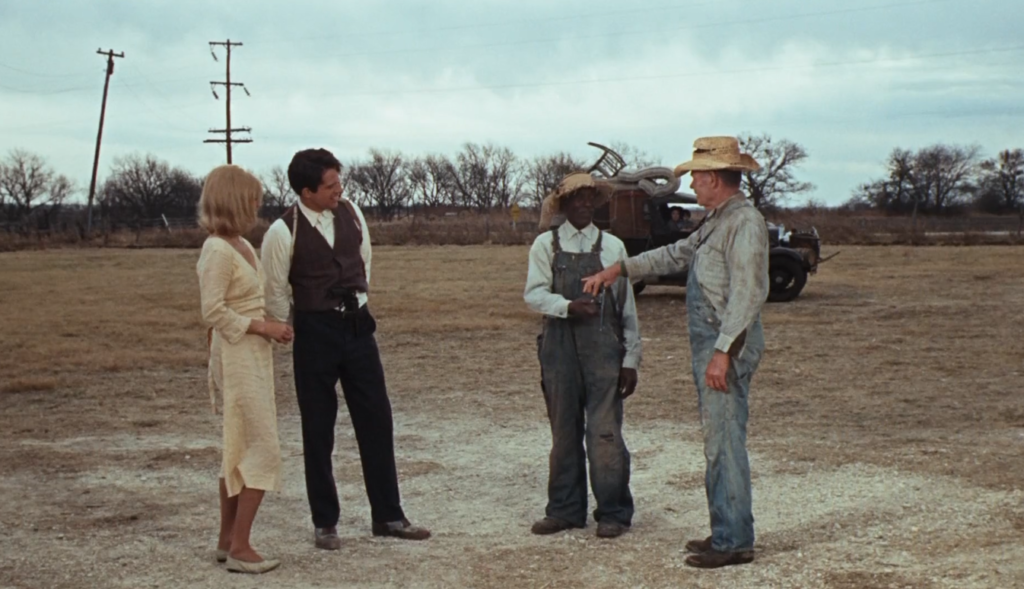
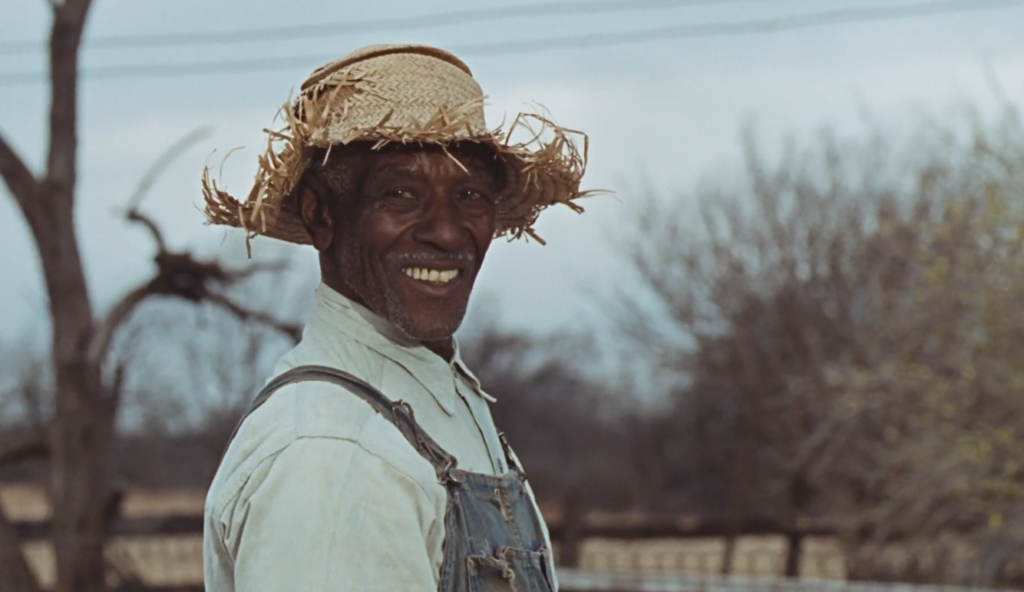
People of colour: There are very few people of colour represented in Bonnie and Clyde-the few that are cast having no lines and little to no screen time. However, they are not portrayed in the negative way that would be typical of the 1930s; the black character pictured above being seen very positively by his ‘boss’ and treated like a friend by them, which is a countertype of the typical character of the time.


Working class Americans: Penn represents working class people thoroughly throughout the film, having been set during the Great Depression. They are shown overall as friendly and generous to Bonnie and Clyde, as they know that they are not the enemy since they are targeting the people who are contributing to their hardships.
Bonnie and Clyde was released at a time of great political and social unrest; the Vietnam War was raging on, with much of the extreme violence being televised for the American population to see on a daily basis, as well as the Cold War with the USSR. A lot of this televised violence would greatly impact films of the time -including Bonnie and Clyde- in terms of the level of violence that is normalised to be seen on television.
In terms of social unrest, the civil rights movement was big at the time, which included the race riots that also contributed to the high level of violence and taboo subjects that were suddenly becoming normalised
1.) What is meant by the term New Hollywood?
New Hollywood is an American film movement that took place in the mid 1960s to the early 1980s, where a new generation of filmmakers came to prominence. It had been influenced by Italian Neo-Realism and often featured taboo characteristics such as morally ambiguous characters, violence and antiauthoritarian sentiments.
2.) Name four of the films, directors and stars from this period
Films:
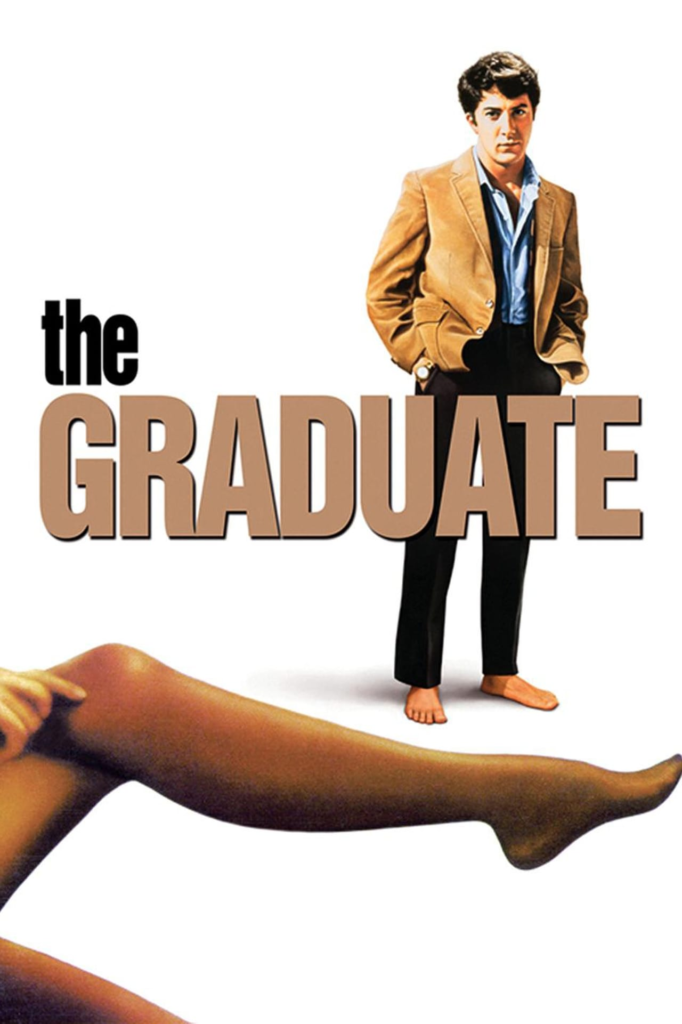
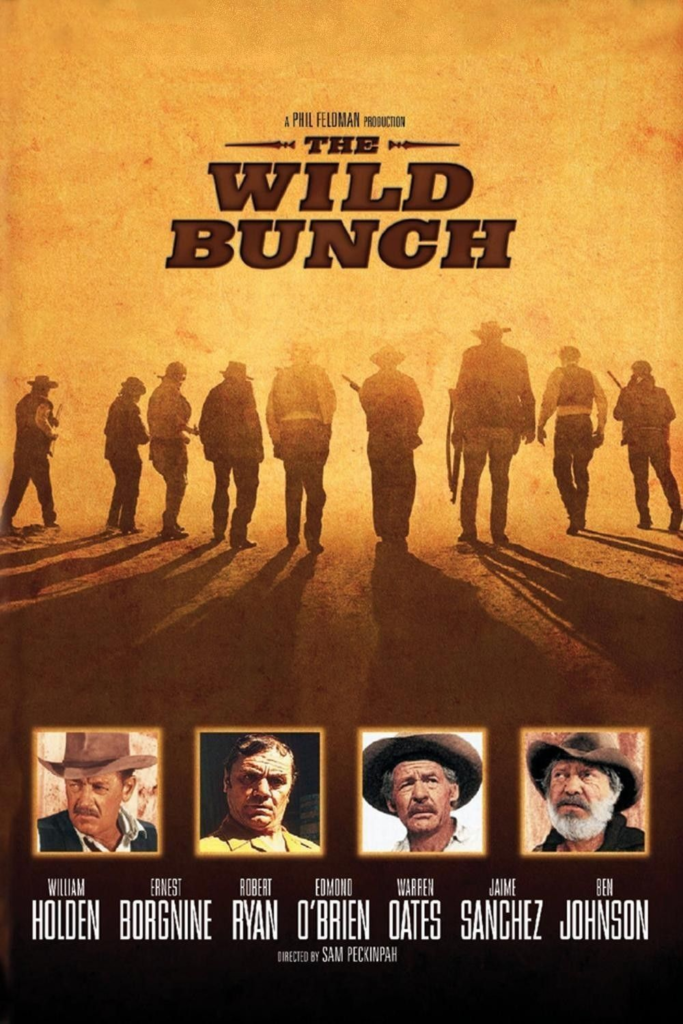

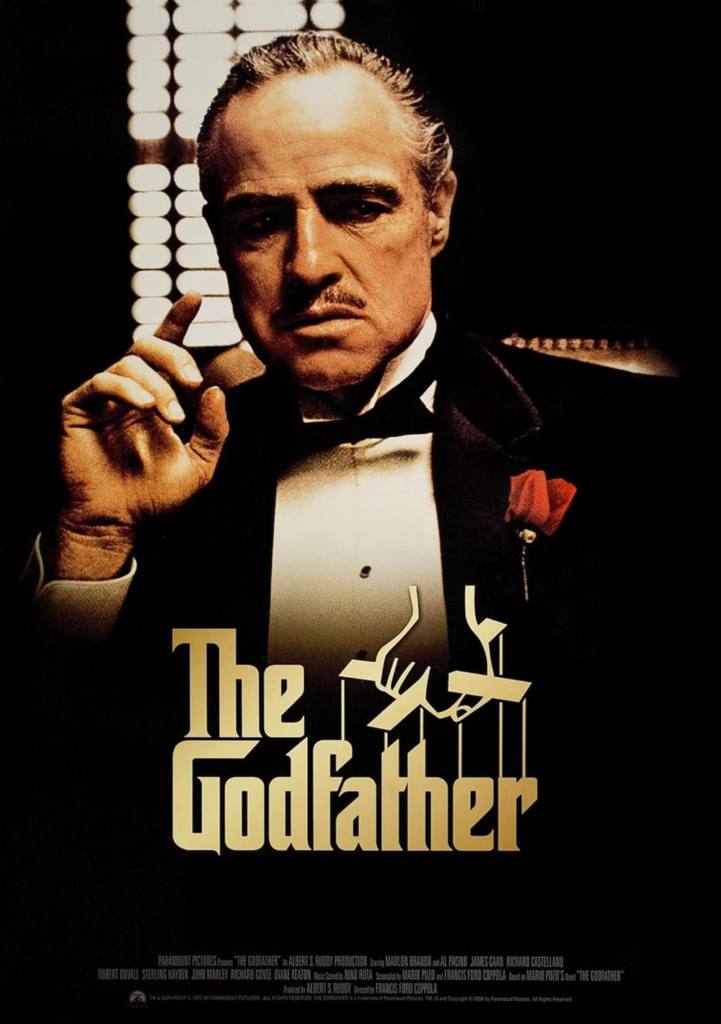
Directors:
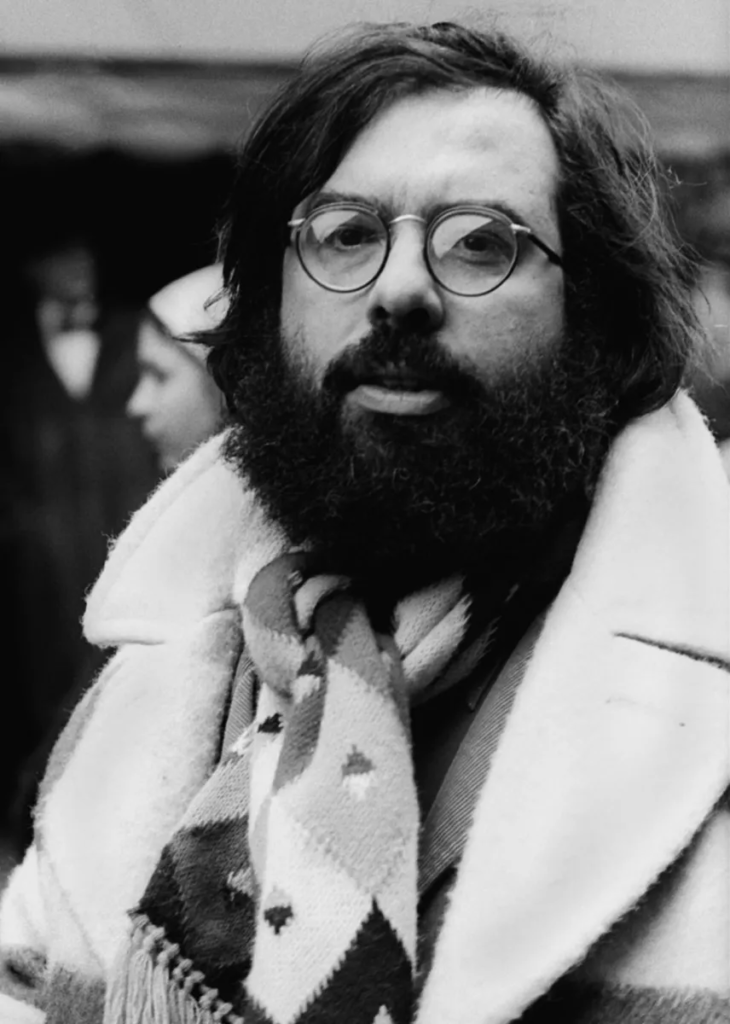
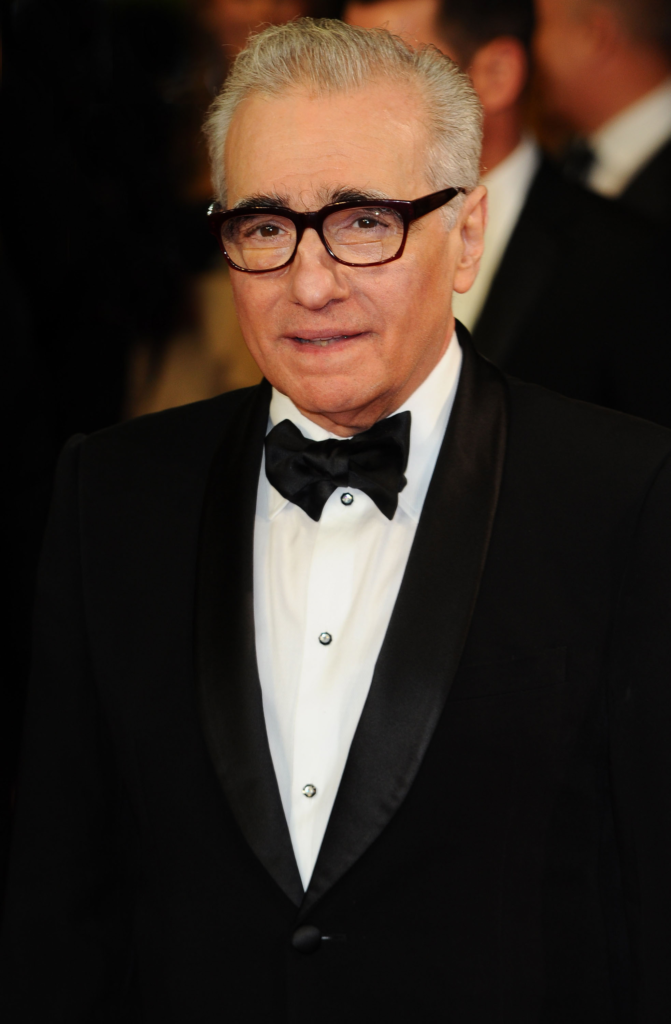


Stars:

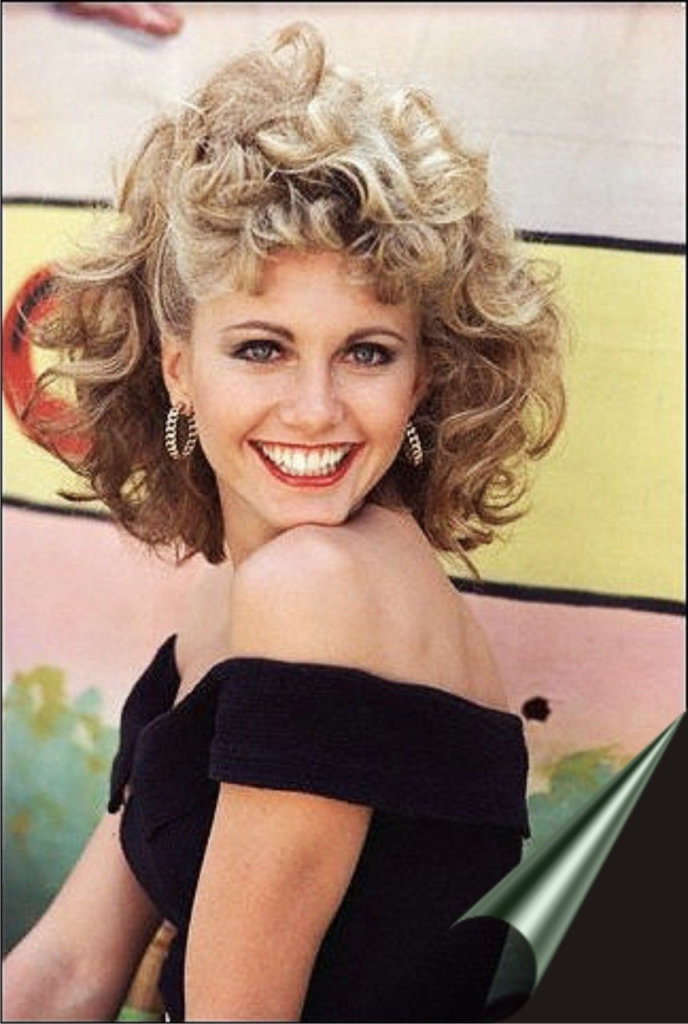
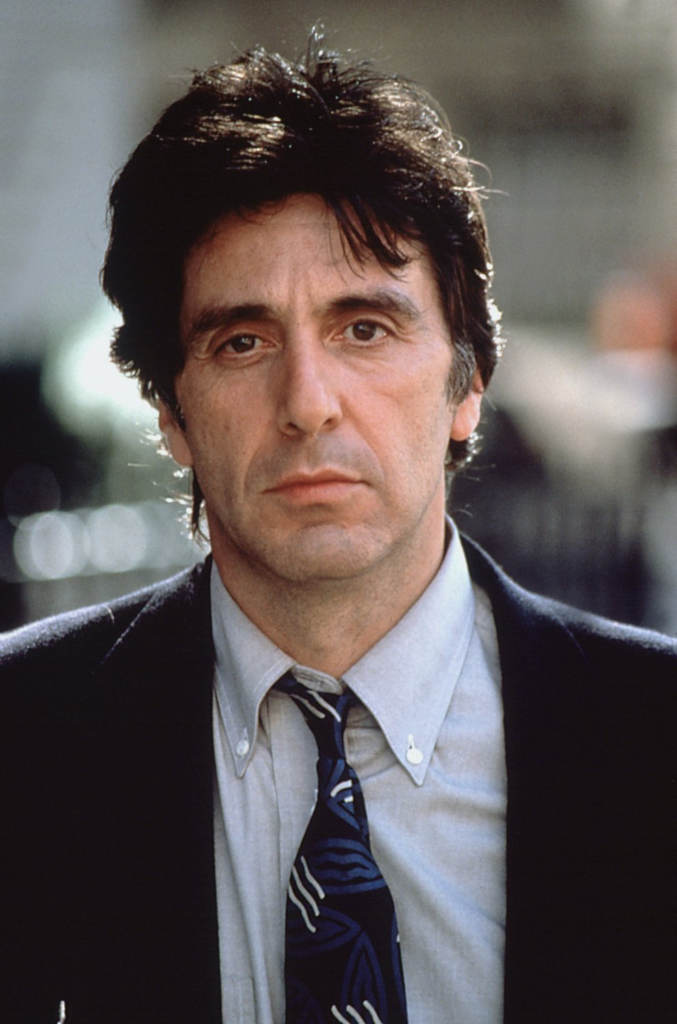
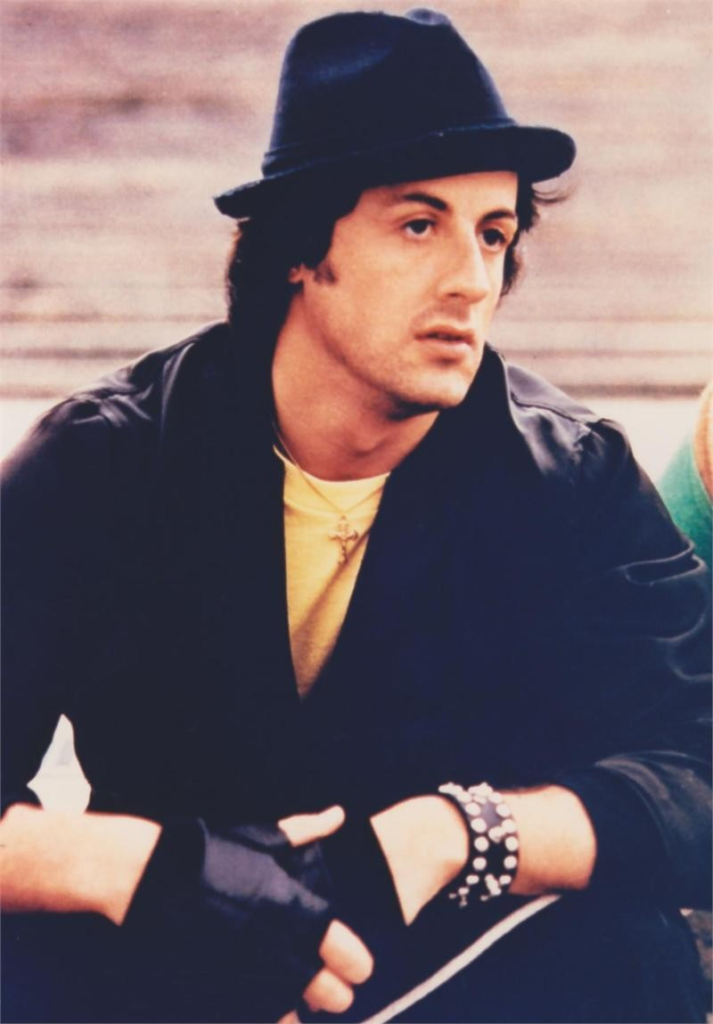
3.) What events were taking place in America and elsewhere in the world around the period identified as the New Hollywood era of cinema?
1.) What is meant by the cinematic term French New Wave?
A cinematic movement that took place from the late 1950s (1958) to the late 1960s. The theory associated with French New Wave believed that rather than have films accredited towards the producers and actors, that the author or ‘auteur’ should be the director, and therefore the driving force towards the creativity by creating a visual style specific to them. This would be applicable to their body of work, and audiences should be able to recognise director’s work immediately. It broke away from traditional filmmaking, after French director Francois Truffaut wrote an article criticising its lack of creativity. This prompted the beginning of the movement, which featured new techniques such as handheld cameras which gave a documentary aesthetic and jump cuts, as well as different storytelling styles.
2.) What specific stylistic and structural elements are present in French New Wave films?
French New Wave films typically featured natural light, non-actors, improvisation and natural sets stemming from the low budget environment that was the result of the poor post Second World War economies. In terms of techniques, handheld cameras gave the iconic, more naturalistic style of typical French New Wave films. Jump cuts, inspired by Jean-Luc Godard, were popular within the movement and influenced other directors to break away from the traditional way of filmmaking, even breaking through into mainstream films.
3.) Which directors and films from the French New Wave influenced Arthur Penn as he was making Bonnie and Clyde?
4.) Identify 3 scenes from Bonnie and Clyde where stylistic links are created with French New Wave cinema and why was this the case?

The opening scene of Bonnie and Clyde demonstrate the iconic jump cuts that are archetypal of the French New Wave style, coined by Godard.

A significant amount of Bonnie and Clyde was shot on location, which was common among the low budget French New Wave style. A lot of the film was noticeably set outside, apart from when the Barrel Gang were hiding out or robbing banks, which makes the shooting on location easier for Penn.
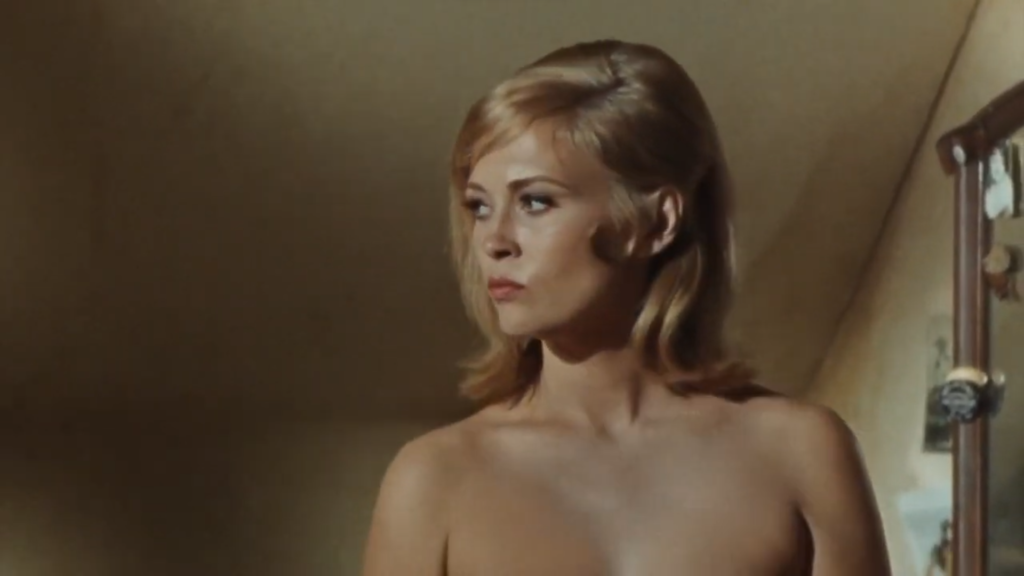
The use of a handheld camera in this opening scene is reminiscent of the French New Wave style, as it allows for the fluid and spontaneous movement of the camera.
1.) How did New Hollywood directors like Penn approach his film narratives?
Penn was directly influenced by French New Wave directors such as Truffaut, which helped to shape the style he used for Bonnie and Clyde. Notably, the narrative in Bonnie and Clyde is very much de-emphasised, with the film not following much of a plot and feeling more like a character study rather than a plot heavy film, which strayed far away from the Classic Hollywood storytelling style. This is influenced by the French New Wave style of non-linear storytelling.
2.) What is discontinuity editing?
Discontinuity editing is a style of editing which ruins the continuous flow, with an emphasis on showing the difference between shots. This style of editing has the goal of drawing attention to a particular shot, scene or sound.
3.) Why is this time in film production sometimes referred to as “The Rise of the Auteurs” in Hollywood?
This time in film production can sometimes be referred to that way due to the rise in directors having their own distinct style. The word ‘auteur’ meaning ‘author’ was first used to describe filmmakers by Francis Truffaut, who had been criticising films at the time for not being creative. He suggested that audiences should be able to recognise a directors’ work immediately, which soon prompted a wave of filmmakers to join this movement. This style quickly found its way to America and into the ‘New Hollywood’ style.
4.) What is the lasting impact of the New Hollywood style on modern films?
Since the New Hollywood movement, directors have become far more involved in influencing the looks and overall style of their films. Furthermore, the ‘Auteur Theory’ can be seen in directors of the modern day, such as Wes Anderson.
As well as this, the rebellious plots and rise in graphic content led to the fall of the Hays Code, a strict set of rules designed to censor ‘immoral’ content and restrict what can be shown on screen.
Bonnie and Clyde (1967)
Dir. Arthur Penn
6.5/10 – I had high expectations going into this film, but I didn’t find that I enjoyed it nearly as much as I expected. I liked the historical aspect of it, and the fact that it was based on real people. I found the visual style overall very pleasing, particularly the costumes which were the standout for me. Faye Dunaway did a very convincing job at acting insane, but I just didn’t find the story particularly engaging, especially in the beginning.
The most memorable scene for me has to be when the police find out where the Barrel Gang had been hiding, and they ambush them with Buck being shot in the head in the process. This felt like a really important turning point in the film, and where I felt the story became far more interesting.
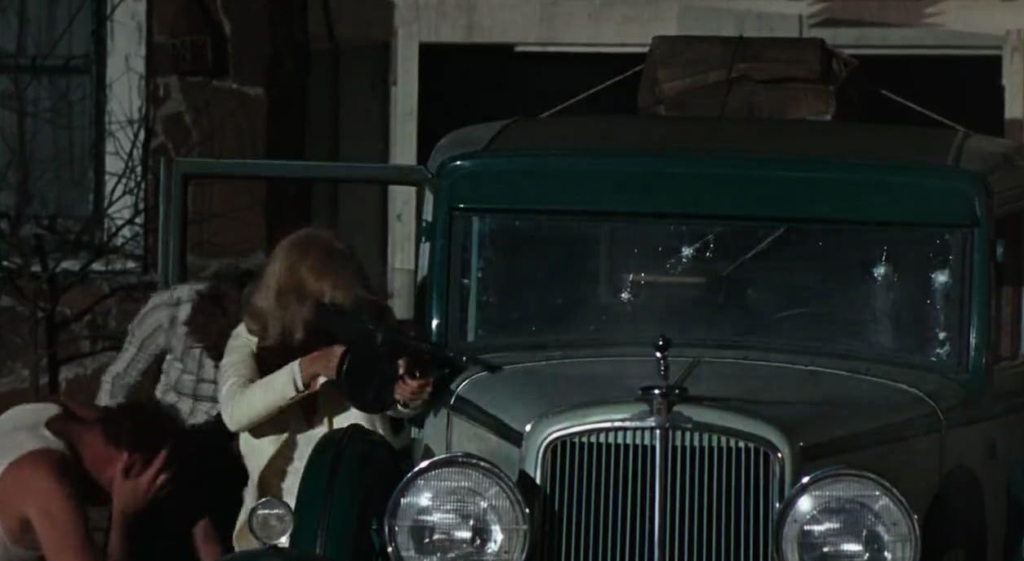
Dir. Michael Curtiz – A Hungarian refugee, who had moved to America and became a director for Warner Brothers, where he made 173 films in his career. Knowing about being a European refugee, Curtiz casted refugees to play the majority of extras in Casablanca.
Humphrey Bogart – plays Rick
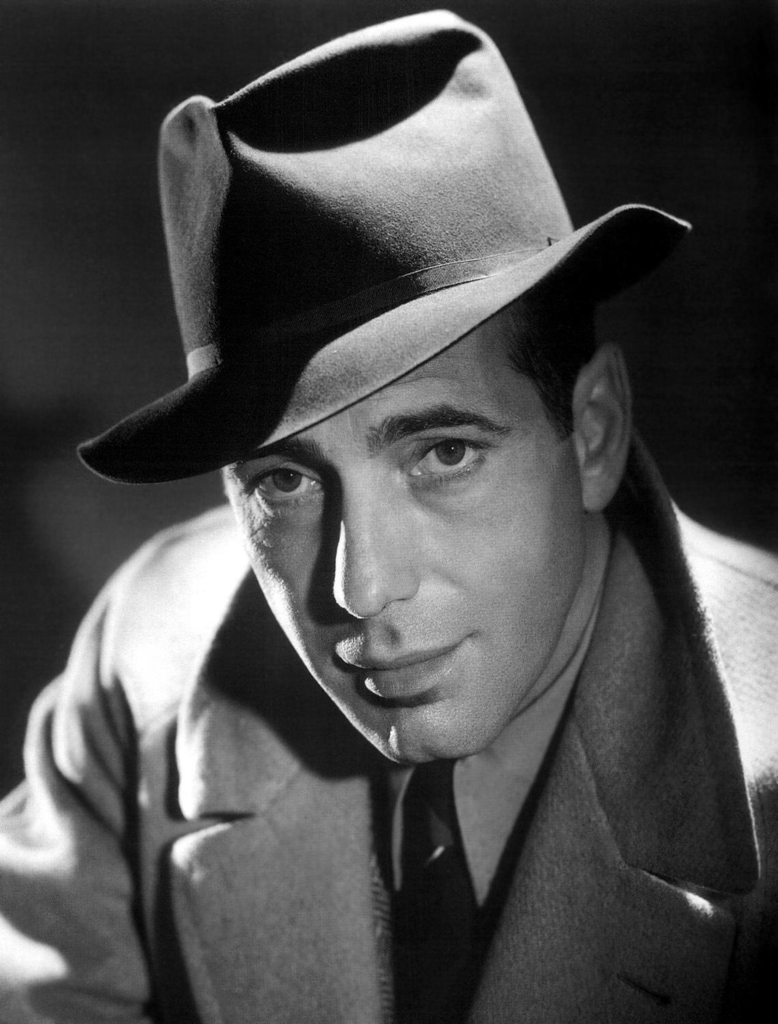
Humphrey Bogart was a veteran Warner Brothers actor prior to Casablanca, but not considered the top actor in the industry. Hadn’t been known for romantic films – but detectives and gangsters. Thanks to his typecast of gritty and cynical characters, the producer, Wallis, saw him as the ideal actor to play a character like Rick. For example, he starred in The Maltese Falcon in 1942, where he payed a private detective and Passage to Marseille that was also directed by Michael Curtiz.
Ingrid Bergman – plays Ilsa Lund
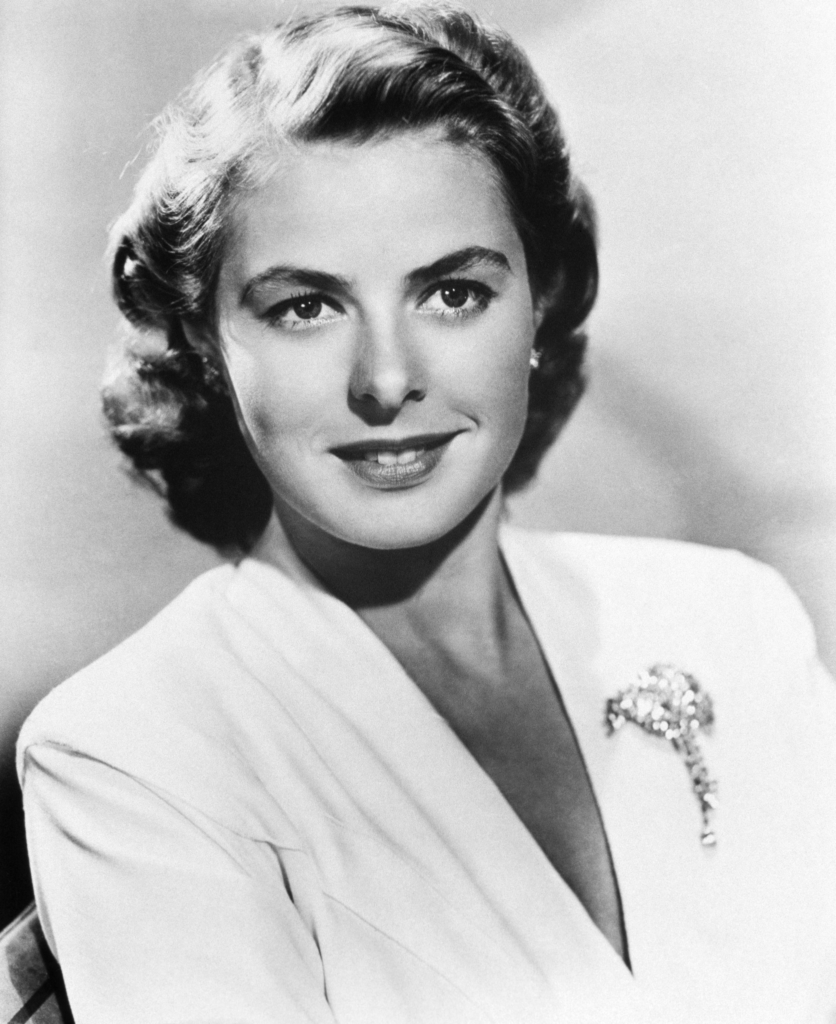
Ingrid Bergman became a star after Casablanca, and became highly sought after. She had been 26 when she got cast, and was considered ‘exotic’ – Curtiz liked the idea of having a foreign woman to play Ilsa Lund. She had been acting in Sweden, before starring in Casablanca. For example, she played an orphan in a Swedish film in 1936 in On the Sunny Side
Paul Henreid – plays Victor Laszlo
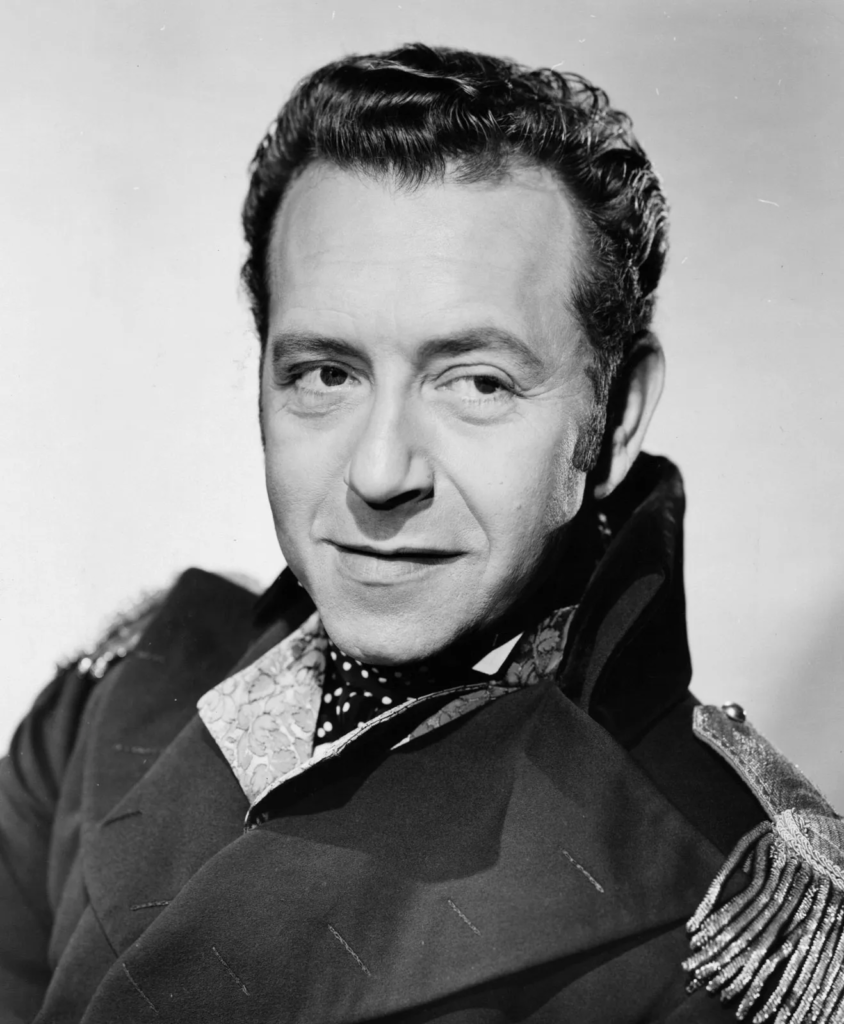
Paul Henreid was an Austrian-born actor who initially appeared in British films before moving to the U.S. in 1940, where he starred in Casablanca. He has starred in other films after Casablanca such as The Spanish Main, Deception and Rope of Sand. Victor Laszlo’s unquestionable disdain for the Nazis initially attracted Henried to the character.
Claude Rains – plays Captain Louis Renault

Rains played a variety of leading and supporting role since the beginning of his acting career at the age of 11. He had experience playing criminals, aristocrats, politicians, spies and many other roles, which made his highly versatile and suitable for the character of Renault. Examples of his films are Mr. Smith Goes to Washington and Notorious, which he co-starred in with Ingrid Bergman after Casablanca.
Conrad Veidt – plays Major Heinrich Strasser
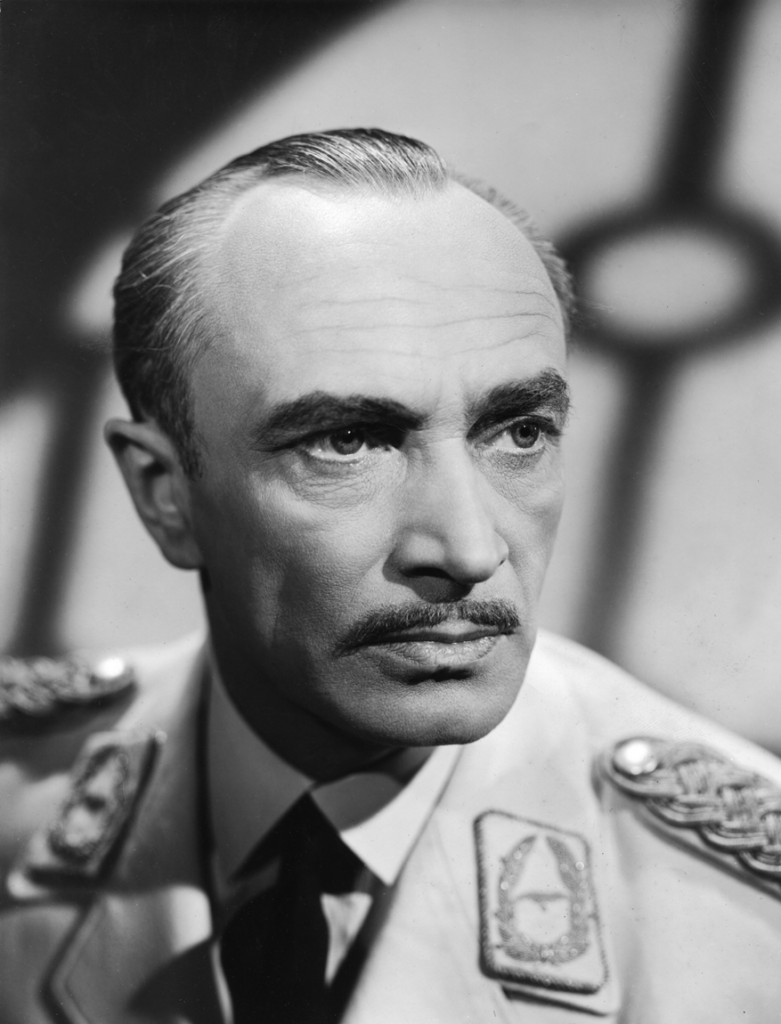
Veidt was a German-born actor who opposed the Nazi regime and their antisemitic values, which drove him to move to Britain, where he starred in anti-Nazi films, and then he moved to the US permanently in 1941. He started his career in Germany, where he starred in roles throughout the 1920s, even becoming visual inspiration for the Batman villain the Joker. He died in 1943, Major Strasser being his last role to be released during his lifetime.
Sydney Greenstreet – plays Signor Ferrari

Sydney Greenstreet was initially a theatre actor, and toured in Britain and his roles ranged from musical comedy to Shakespeare. He refused to appear in films until he was 61, where he began working for Warner Bros. He co-starred with Humphrey Bogart in The Maltese Falcon in 1941, and then Casablanca in 1942.
Peter Lorre – plays Ugarte
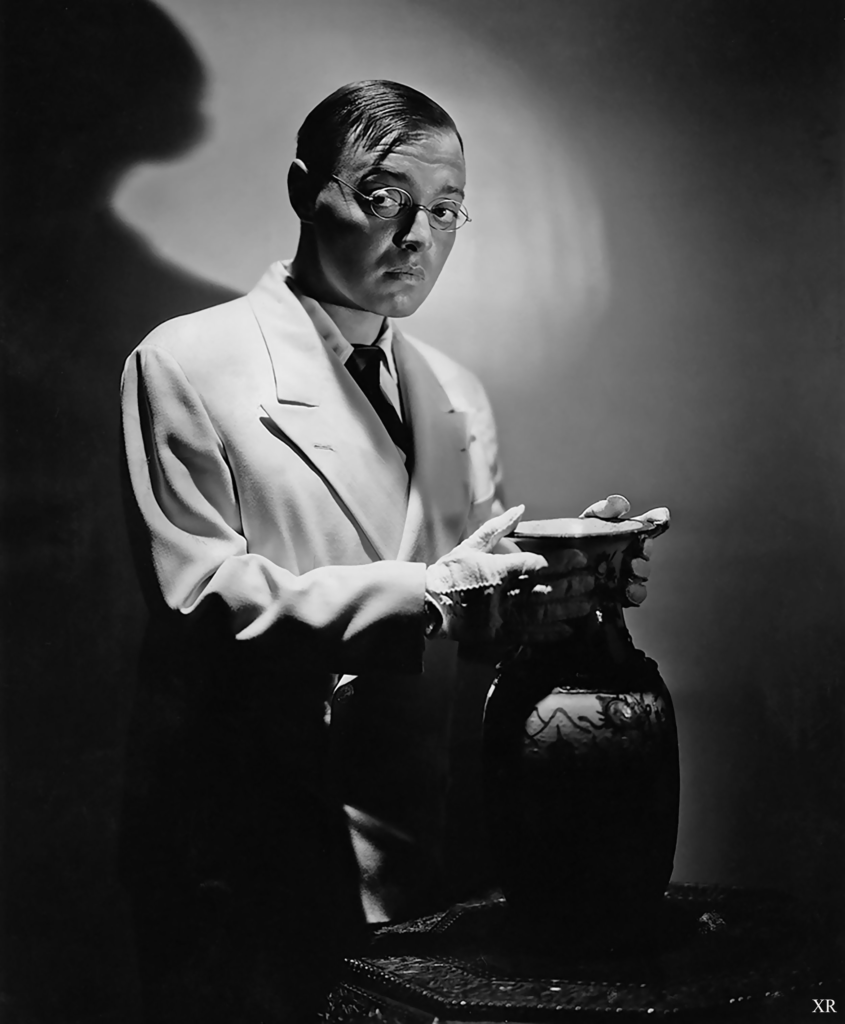
Lorre was a Hungarian actor who was known for films in Vienna and Germany, before he settled in Hollywood after the Nazi Party came to power in 1933. He became a featured actor in many Warner Bros. crime and mystery films, such as The Maltese Falcon, before acting in Casablanca in 1942.
S.Z. Sakall – plays Carl

Sakall is a Hungarian actor who became a star of the stage in the 1910s and 20s, before moving to Vienna where he appeared in films. He then moved to Berlin for a short while, where he even ran his own production company. However, after the Nazi Party came to power in 1933, he moved to Hollywood. Sakall played many supporting roles in musicals and other films of the 1940s and 1950s after Casablanca in 1942.
Madeleine Lebeau – plays Yvonne
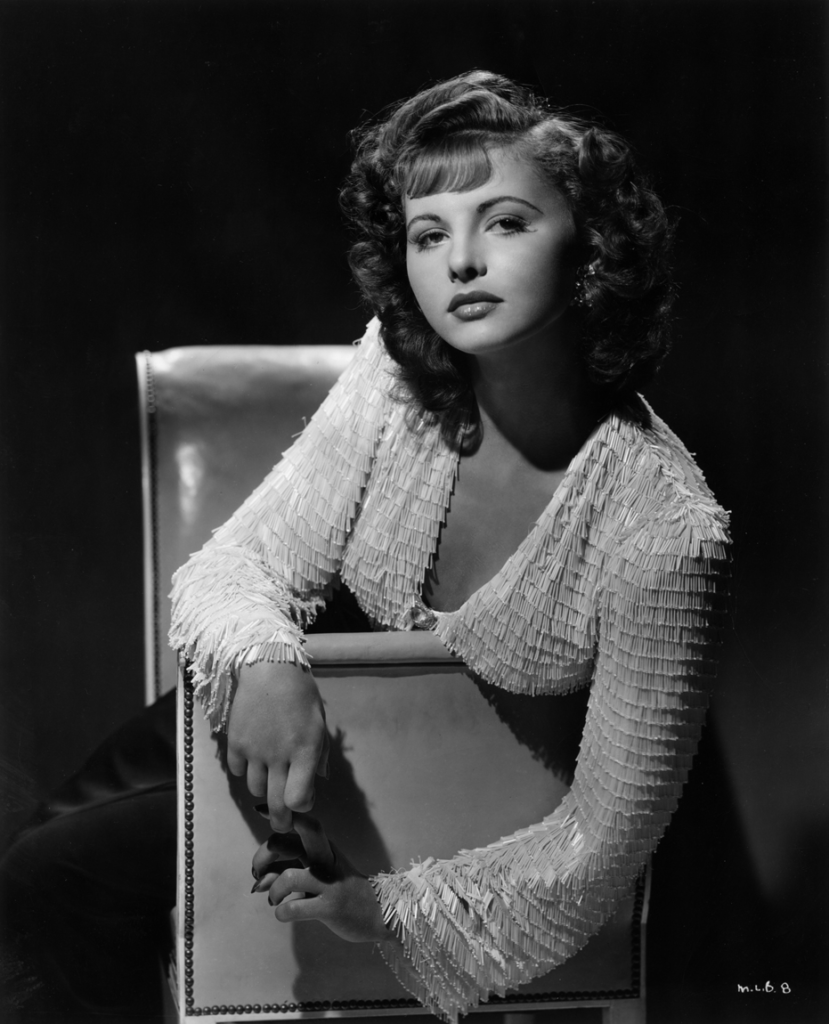
Lebeau had initially appeared in a French film as a student, and uncredited role, in 1939. Her and her husband, actor Marcel Dalio, who she had met while performing a play, fled Paris in June 1940 ahead of the invading German Army and reached Lisbon. Once reaching Hollywood, Warner Bros. signed Lebeau to a $100 a week contract for 26 weeks to be on a number of films after she was cast as Yvonne in Casablanca.
Dooley Wilson – plays Sam

Wilson was a known drummer and singer, who led his own band in the 1920s that toured nightclubs in London and Paris. He had only taken up acting in the 1930s, where he was playing supporting roles on Broadway. His role in Casablanca was his most prominent, though he continued to act in other Broadway shows such as Bloomer Girl (194-46).
Joy Page – plays Annina Brandel

Page’s mother married Jack L. Warner, the then head of Warner Bros. studios, though her step-father did not encourage her interest in acting. Her first film was Casablanca, which she was cast in when she was only 17, without the help of her step-father, who reluctantly approved. She went on to act in films for other studios, as her step-father refused to sign her to a contract. This includes a featured role in Kismet in 1944.
John Qualen – plays Berger

Qualen reached Broadway after leaving University to join a Toronto-based travelling troupe as an actor, where he gained his big break in 1929 playing a Swedish janitor in Street Scene. His film career began when he reprised the role for a film adaptation. He appeared in many films such as The Grapes of Wrath before being cast as a Norwegian resistance member in Casablanca.
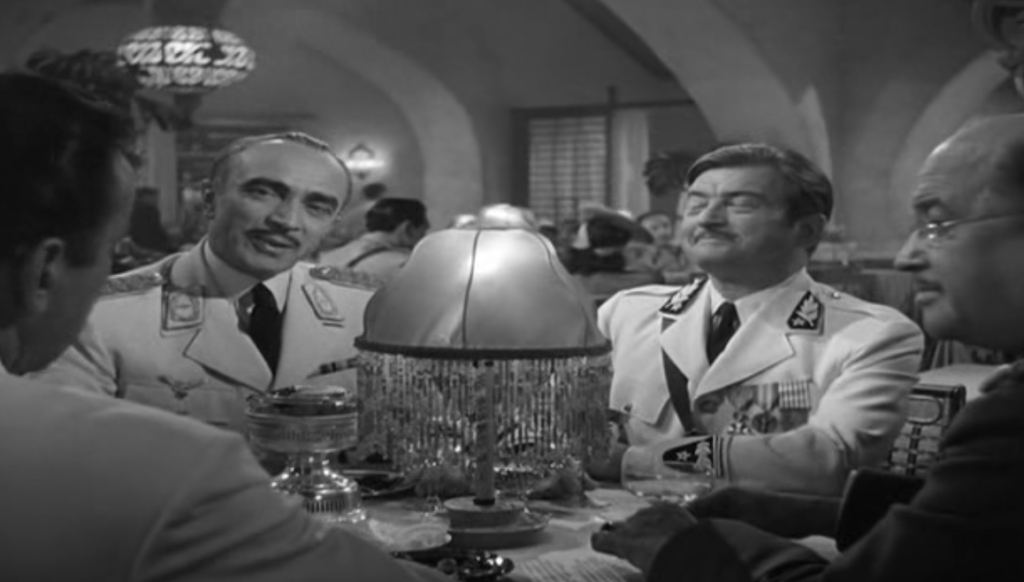

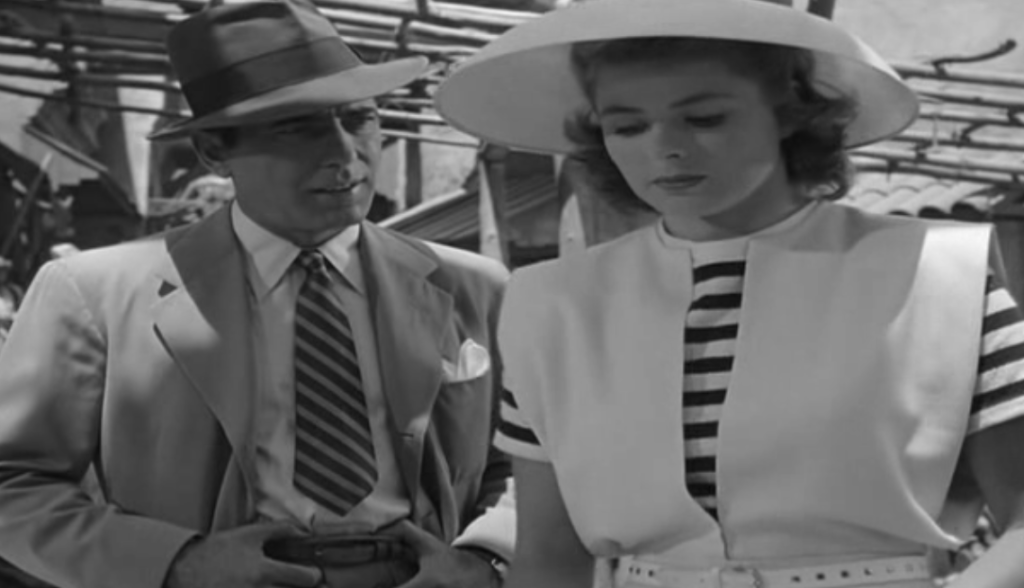
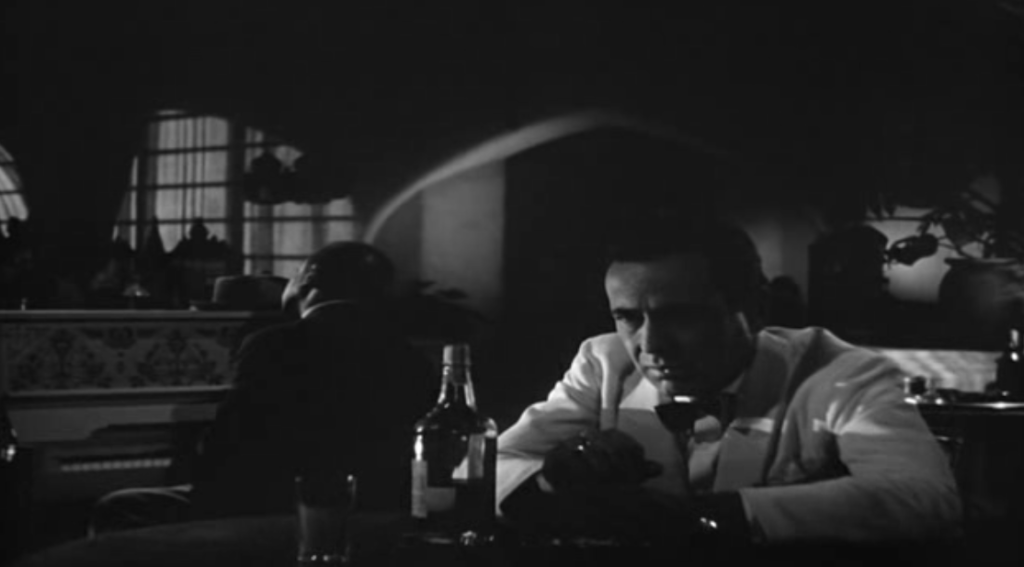
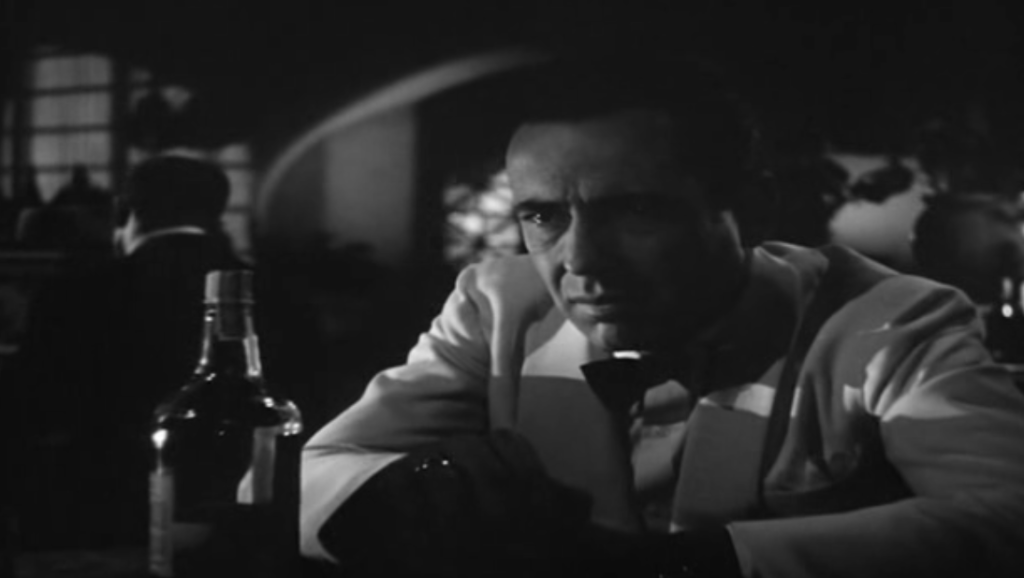
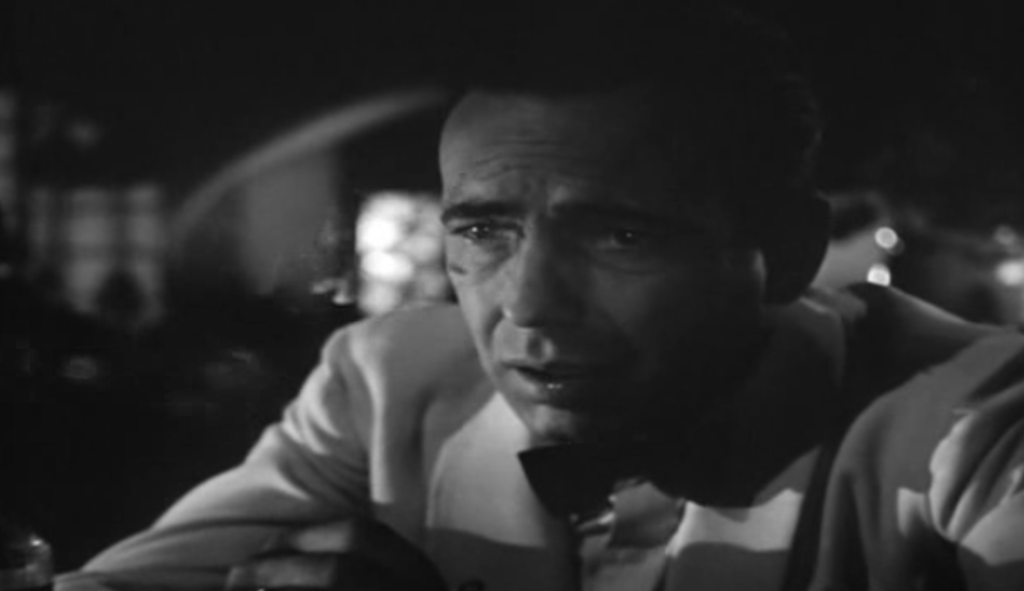
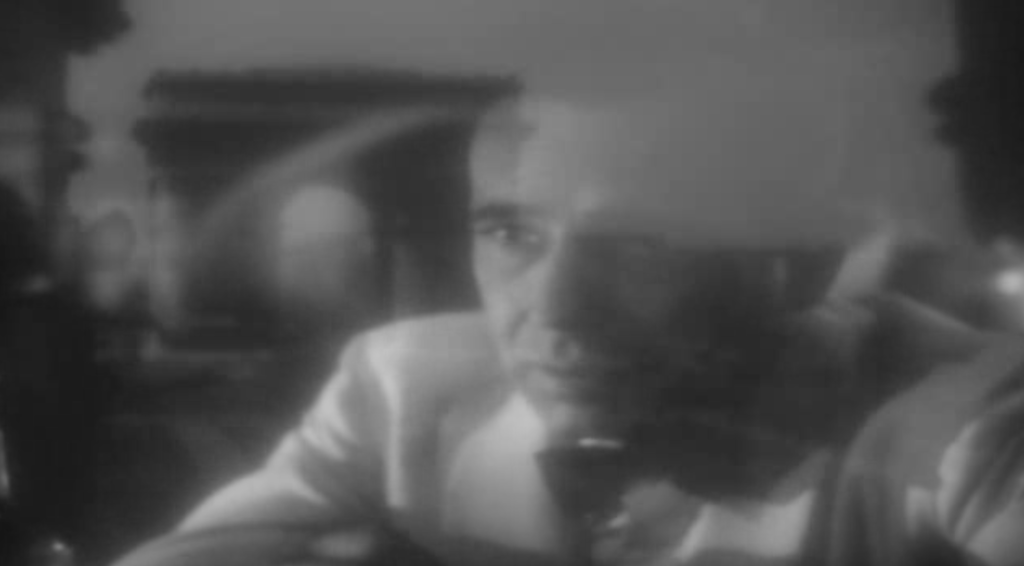
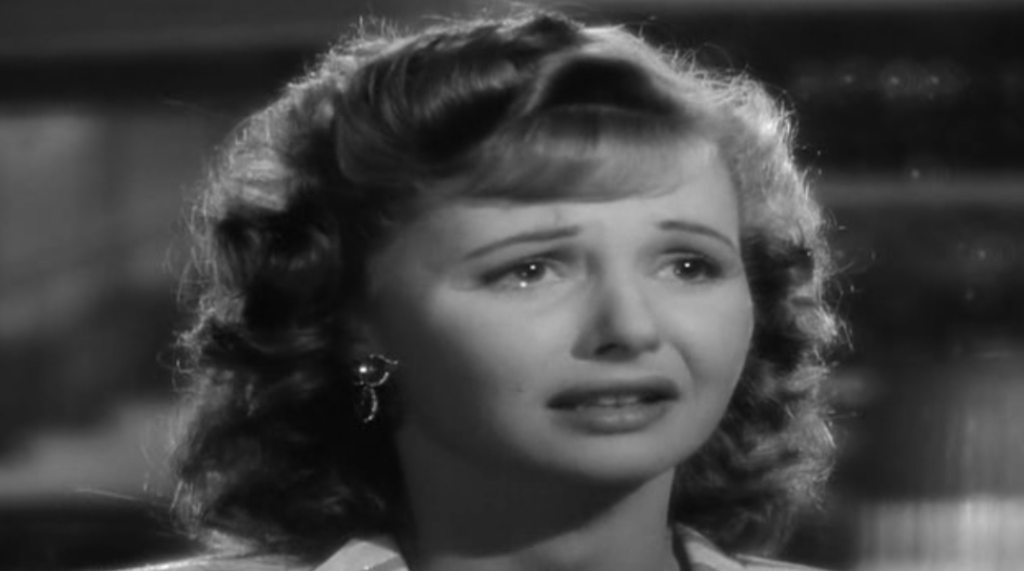
Themes and issues:
Isolationism: The belief that the Second World War was ultimately a dispute between foreign nations and that the U.S. had no good reason to get involved.
What was the American’s view on the Second World War?
88% of Americans opposed the idea of declaring war against the Axis powers in Europe. FDR also declared that while the U.S. would remain neutral in law, he could not ask that every American would also remain neutral in thought.
Producer:
Hal B. Wallis was the producer of Casablanca, and he put the team of writers together, coordinated scenes etc. As well as this, he oversaw the production of the film and he also brought the script for Casablanca. He had a lot of control over how he wanted Casablanca to look and therefore, the film started to turn into a piece of propaganda due to the timing.
Women:
While there aren’t many female characters throughout Casablanca, there are stand out performances from the leading actress Ingrid Bergman playing Ilsa and Madeleine Lebeau playing Yvonne, who is represented as an incapable and almost needy mistress to Rick. Bergman’s character, however, is represented far more as a capable woman that doesn’t just accept things as they come; she confronts Rick when he doesn’t want to speak to her and even threatens to kill him over the letters that he has from the two German soldiers that were killed at the beginning of the film.
Refugees:
Refugees make up a significant amount of the characters, considering the fact that Casablanca was a place where refugees would get stuck trying to get an exit visa to Lisbon, and then America. They represent many nationalities; 34 having been cast, with a large majority of the extras being European refugees too. In the film, refugees are represented in many ways depending on their nationalities. For example, the German couple who are celebrating finally getting an exit visa are represented in a very comedic way, by talking about how they are going to get along well in America all the while speaking in unusual ways because German is spoken differently to English.
Men:
A lot of the time in Casablanca, men are represented as the saviour character in away, such as Victor Laszlo who is shown to be a typical resistance character. Rick is presented to be cynical and a realist; he doesn’t stick his neck out for anyone, but at the same time, he could also be considered as a character that people would swoon over because of his stoic personality. However, there are some men who are represented to be sleazy and rude like the Germans, which reflects the attitudes towards the Germans at the time due to the Second World War.
People of colour:
There is only one main character that is a person of colour; Sam, who is played by Dooley Wilson. He is represented to be an upbeat and optimistic character, which almost shows the attitude towards musicians who are people of colour like Louis Armstrong. They also represent other people of colour like the non-refugee population of Casablanca. However, they are presented a little more negatively-trying to scam Ilsa into buying fabric.
Allies: Britain, USA and USSR (+France)
Axis: Germany, Japan and Italy
France: Begins as an allied power, but soon into the war they were invaded and surrendered to the Germans. However, some soldiers decided to continue to fight – known as the Three French. Vichy France was a territory with its own government that was basically a ‘puppet’ to the Germans, a non-occupied zone.
Morocco was part of the French empire and was controlled by Vichy France.
1939 – Second World War starts
1941 – America joins the war after the bombing of Pearl Harbour by Japan
Casablanca came out at perfect timing because the war hadn’t been going well for the Allies, but it came out when Churchill and Roosevelt had a meeting in Casablanca. It gave the Allied populations hope for the war and their futures.
“It captured the zeitgeist” – the defining mood or spirit of a particular period in history.
Operation Torch – A compromise operation that aimed to divert attention from the Eastern Front (take pressure off the Soviet Union), which allowed American forces the opportunity to invade North Africa and begin their fight against Germany and Fascist Italy. Began on 8th of November 1942
Casablanca had its world premiere on the 26th of November 1942 in New York City and then had its general release on the 23rd of January 1943.
The cinema would be a very popular way of learning about what’s happening in the news, as well as the radio and newspapers.
Casablanca Conference – A meeting between U.S. President FDR (Franklin D. Roosevelt) and British Prime Minister Winston Churchill. Joseph Stalin declined to attend. This was a finalisation of Allied strategic plans against the Axis powers. It lasted from the 14th January to the 24th, 1943.
Film noir: a style of filmmaking with defining characteristics like being in black and white, and high contrast lighting. This genre is commonly stylised crime dramas and gangster films.
E.g. 1: Classic noir:
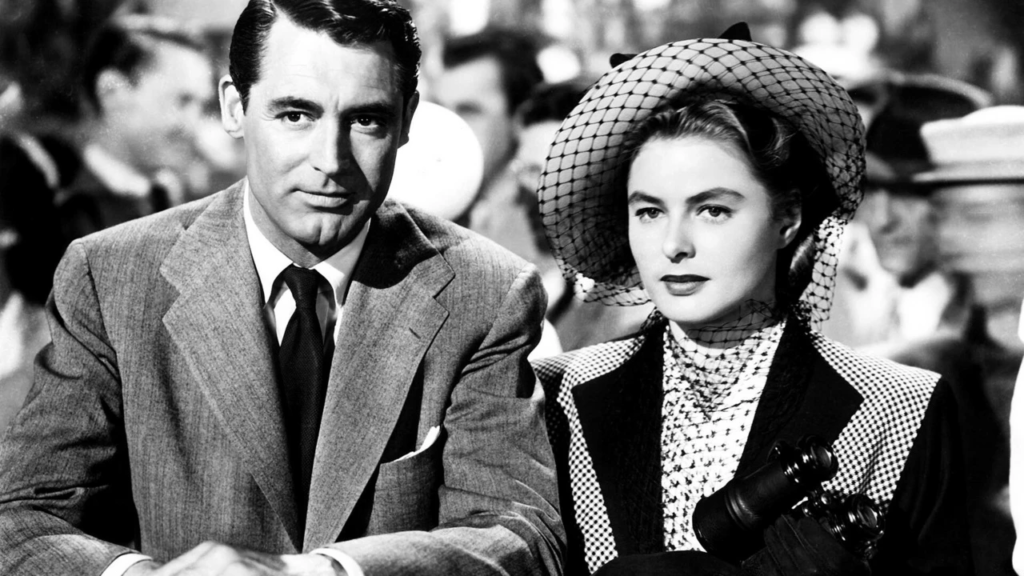
E.g. 2: Neo-noir:
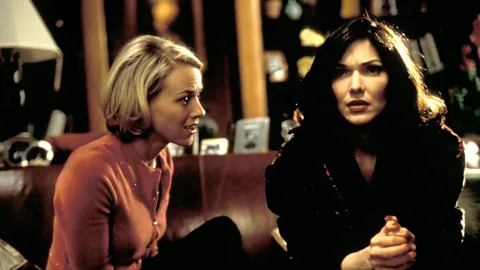
Casablanca (1942)
Dir. Michael Curtiz
8/10 – I really enjoyed the film Casablanca; the story was told very effectively and I see why it is a beloved film. It was interesting to see a wartime film that is set in a different perspective than that from the Americans, British or Germans, as well as hearing many different languages. I enjoyed the fact that they implemented comedy throughout the film as well.
The most memorable scene for me would be when Rick and Ilsa meet again for the first time since Paris—the audience doesn’t know that they had met previously but the acting shows their longing and desire to show that they know each other.
